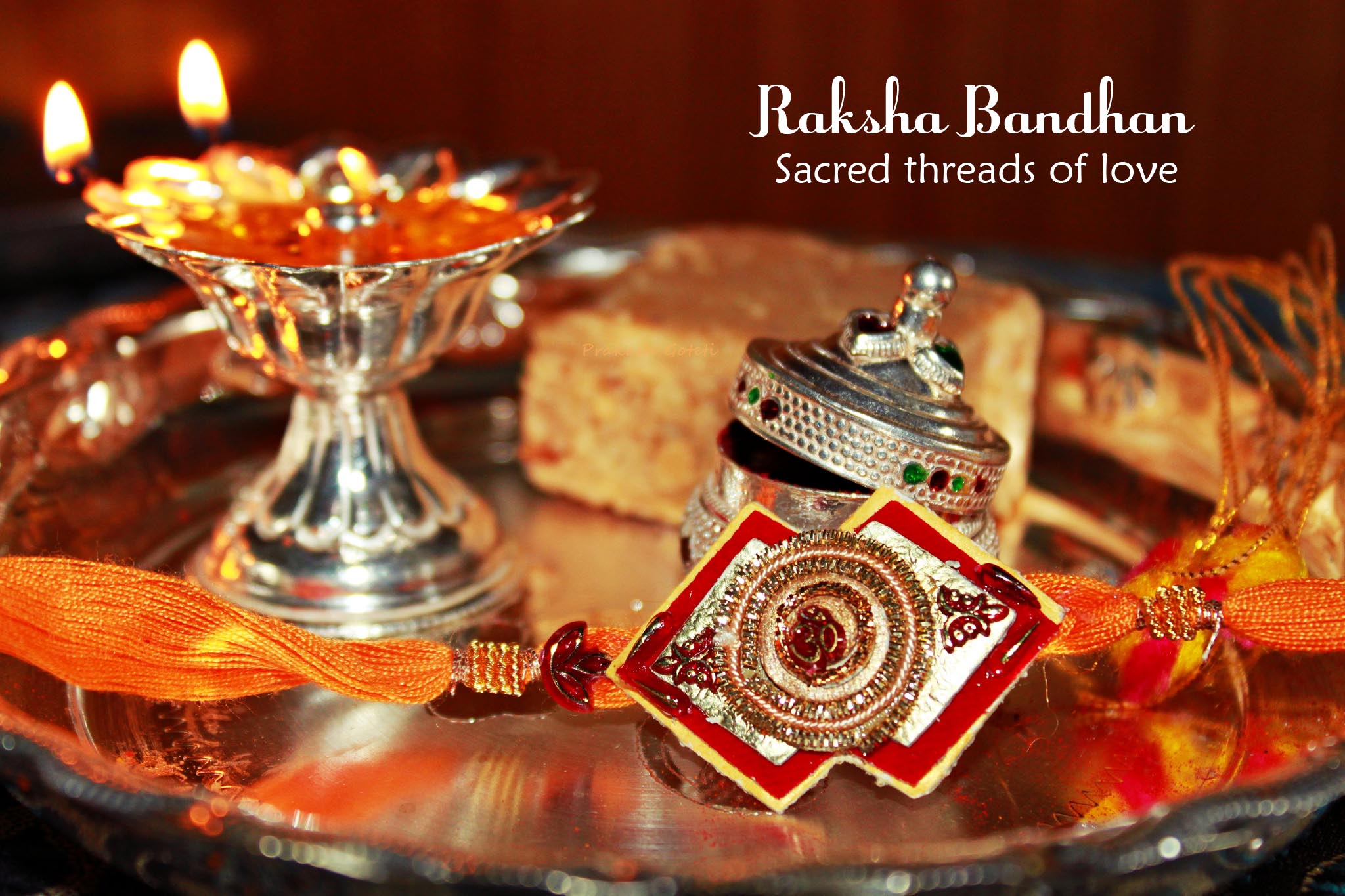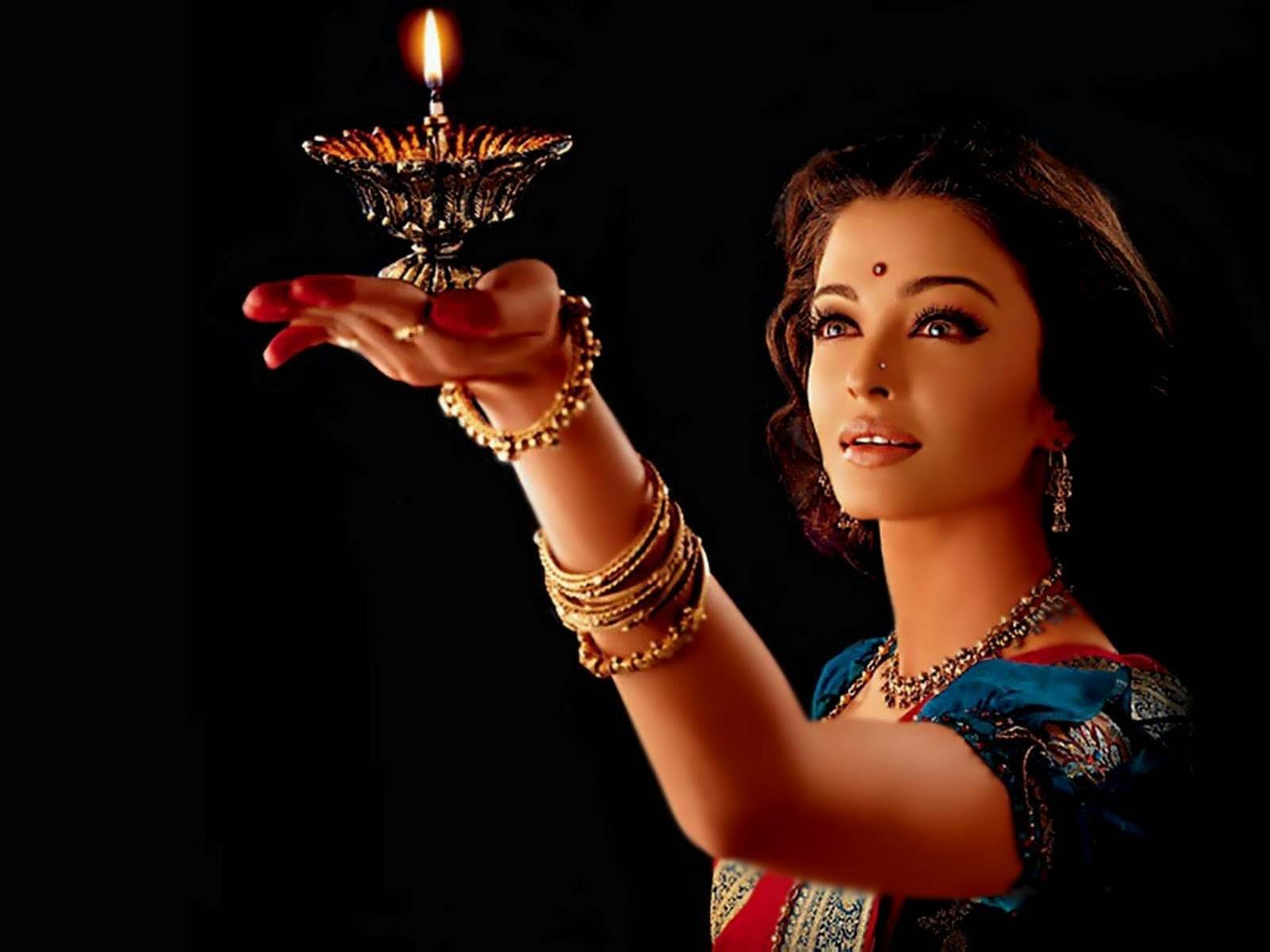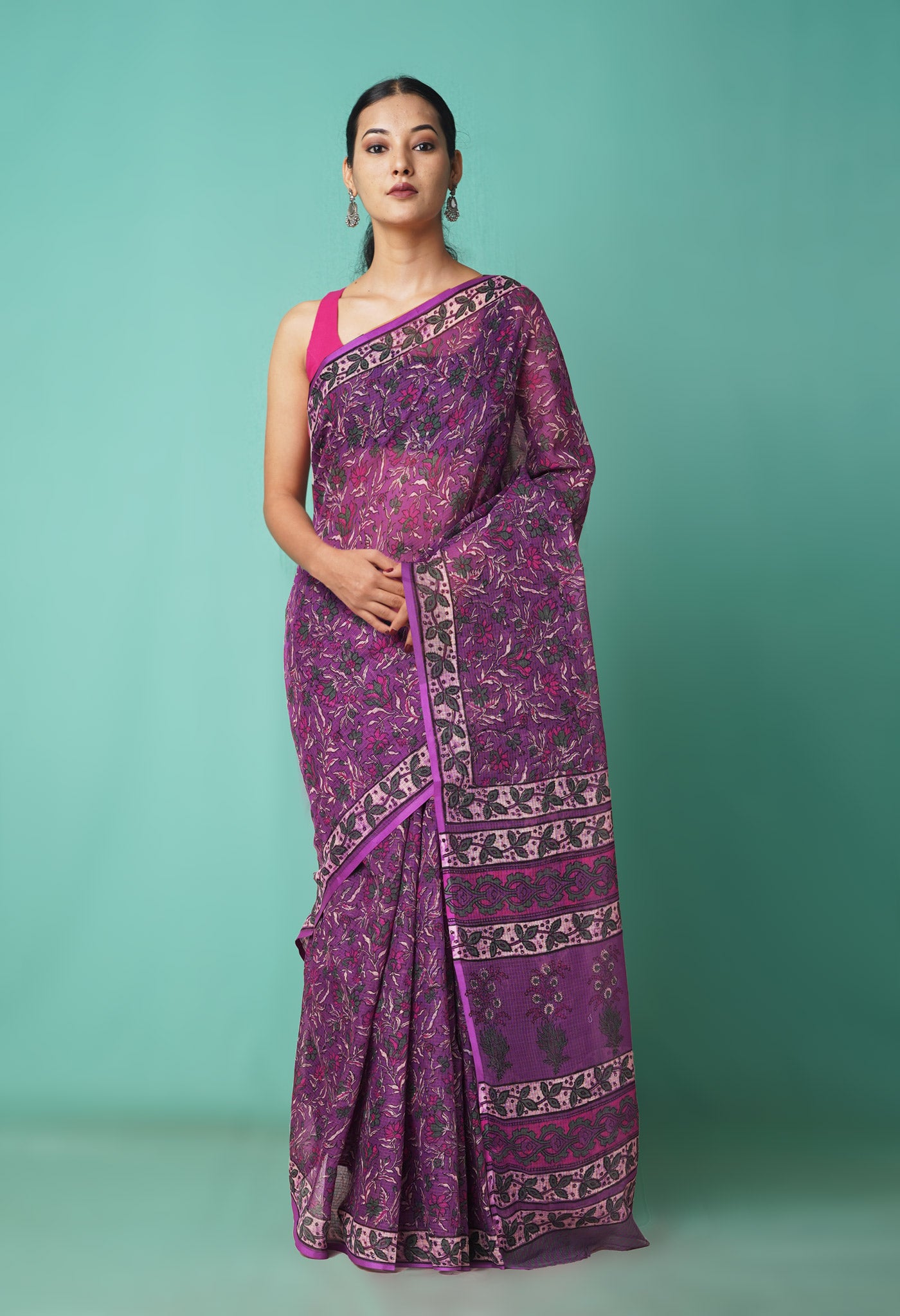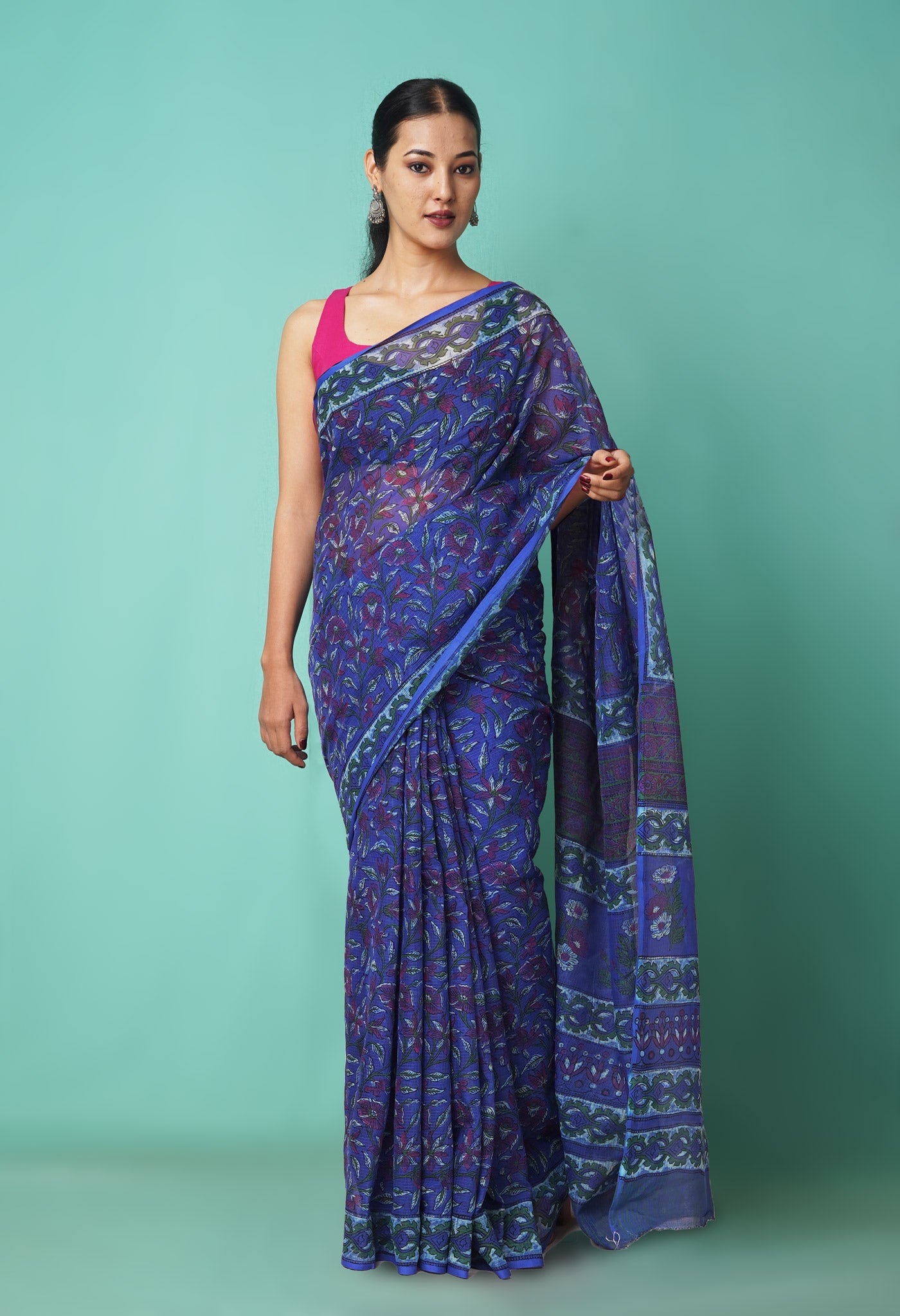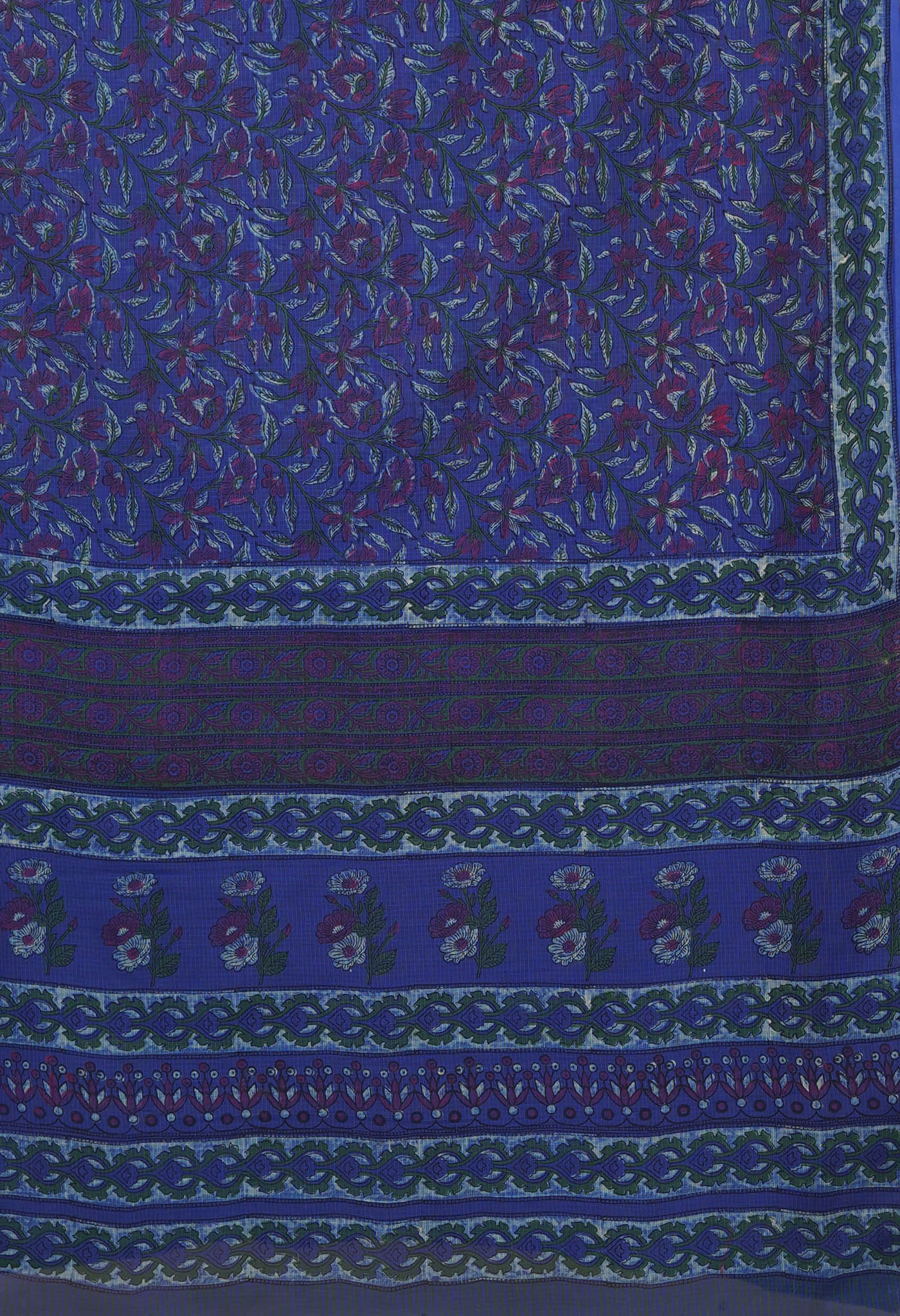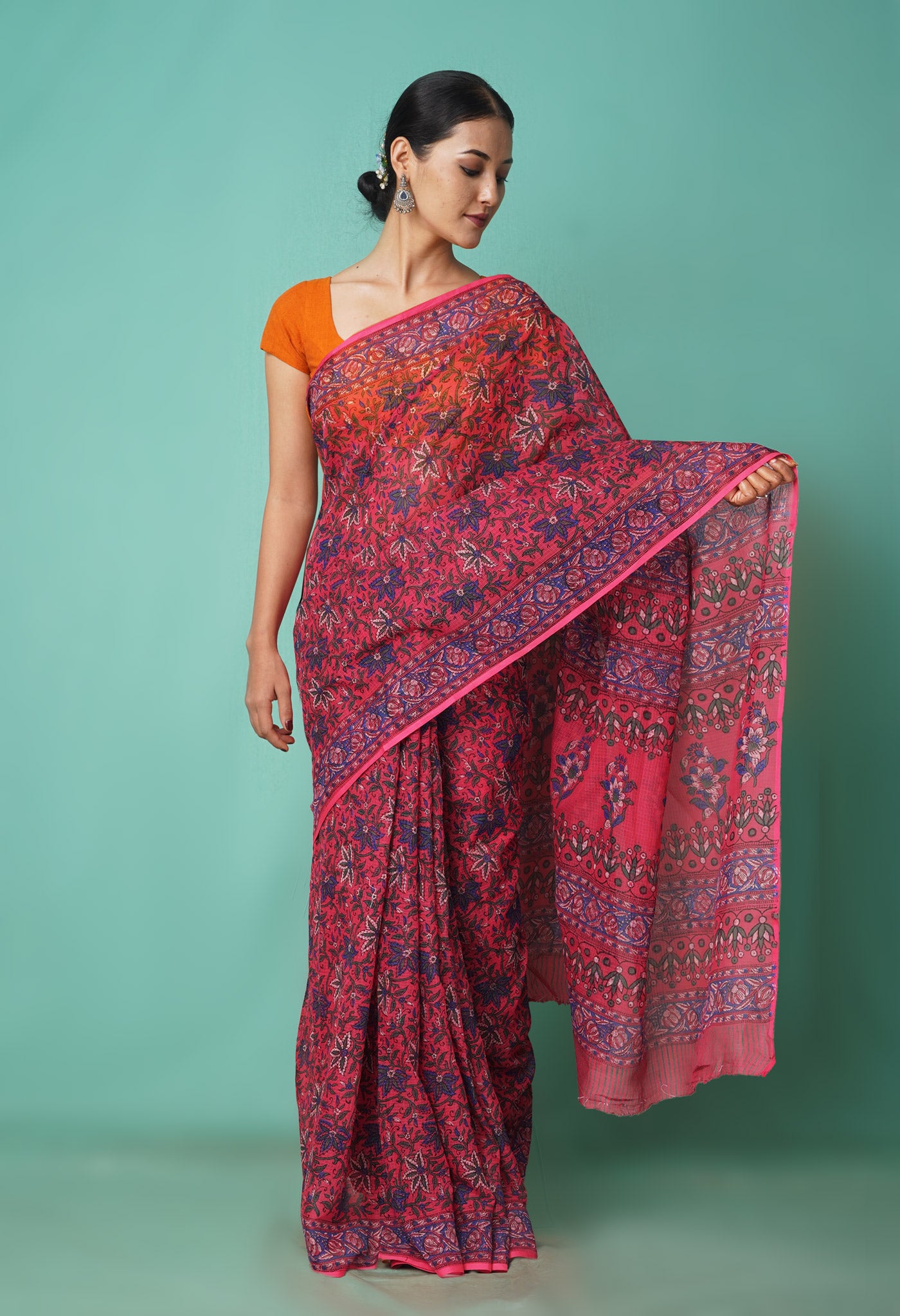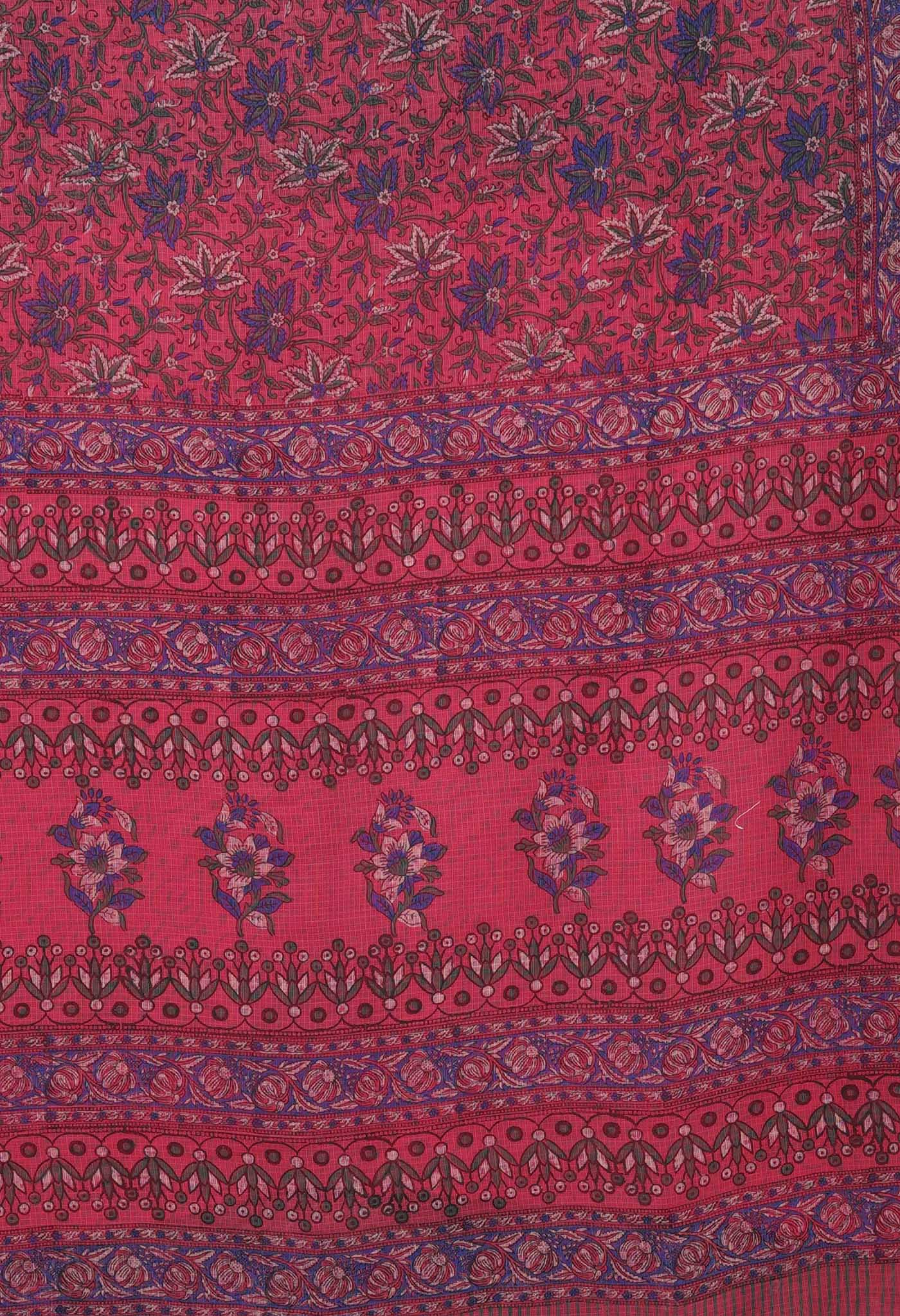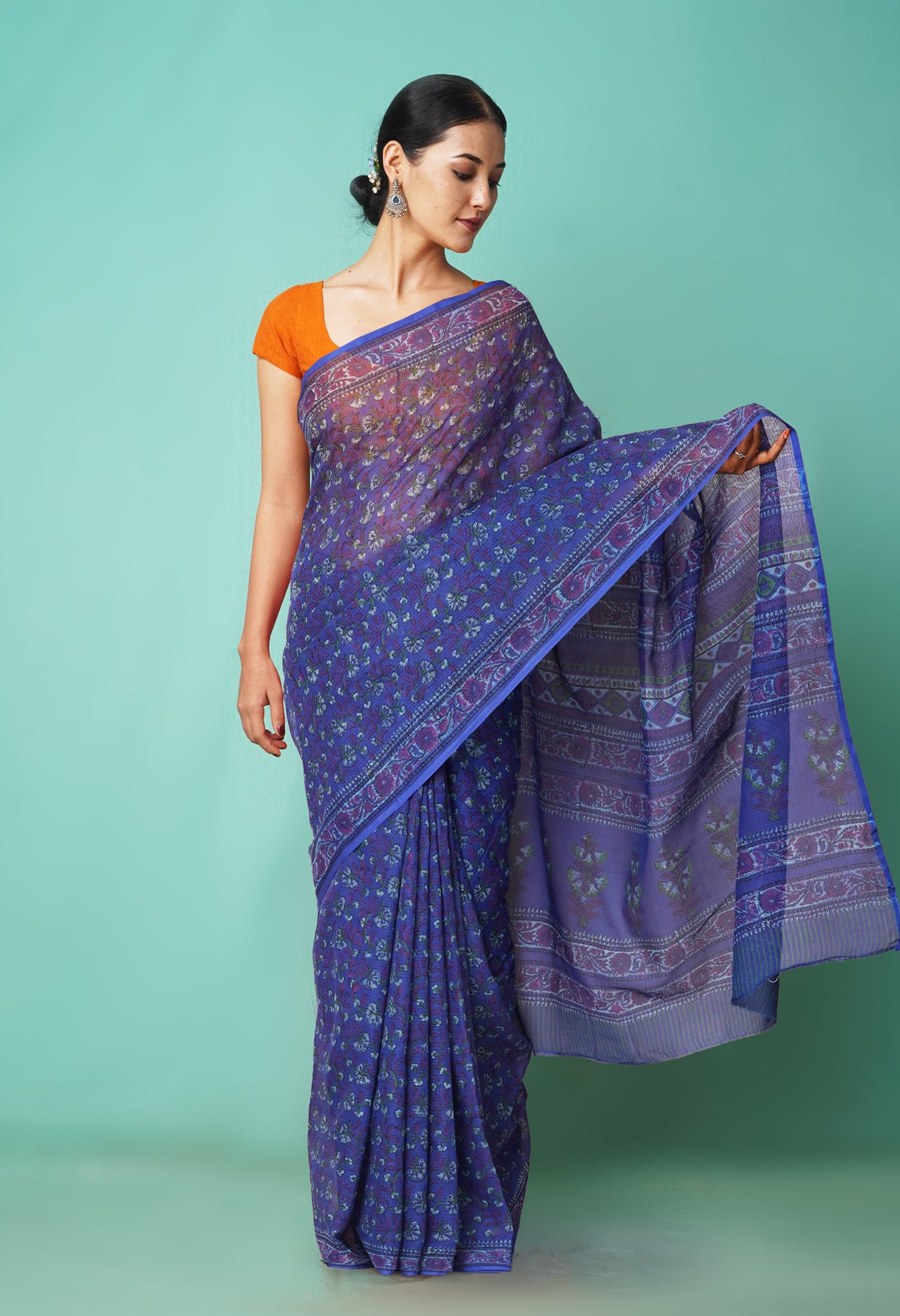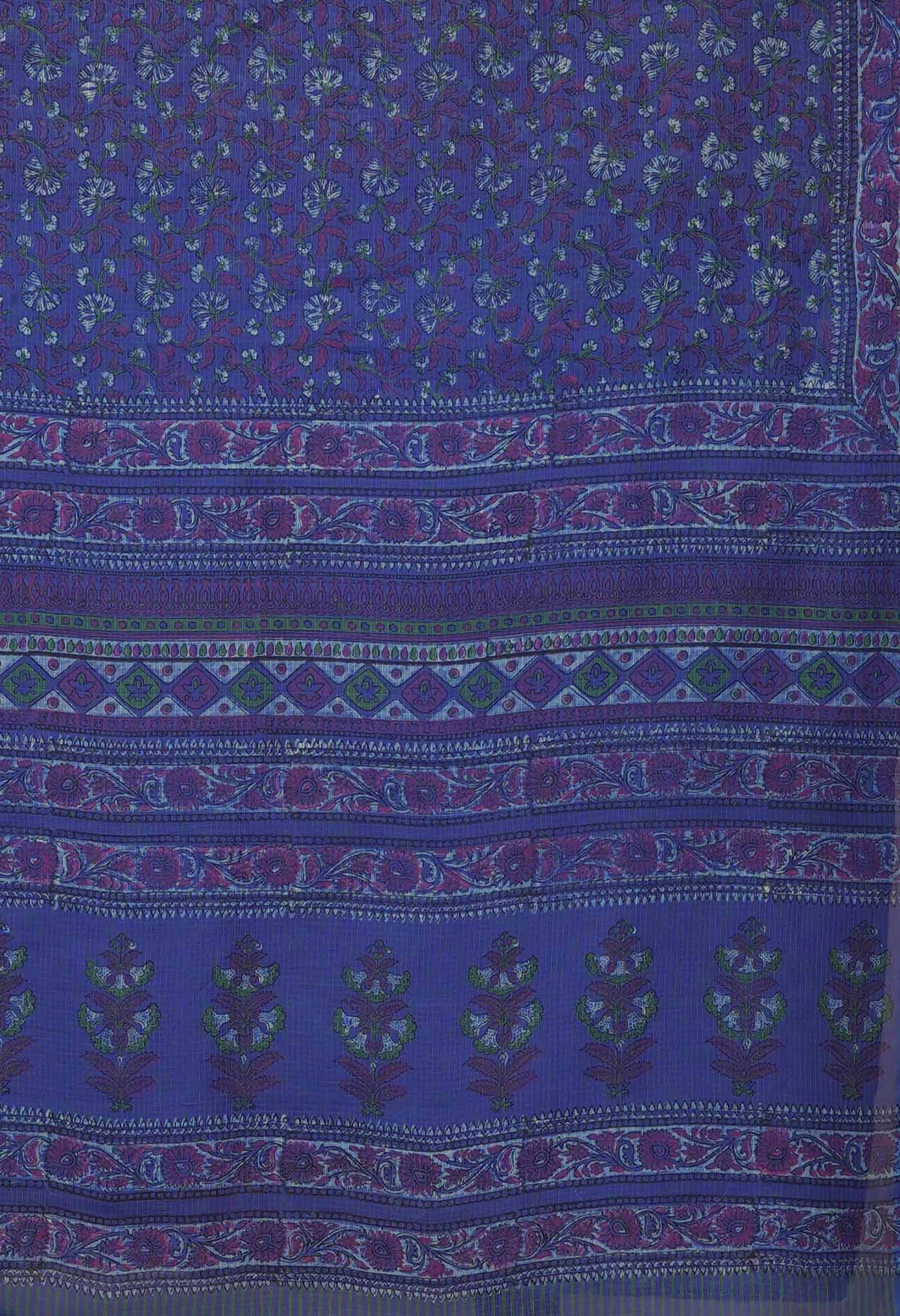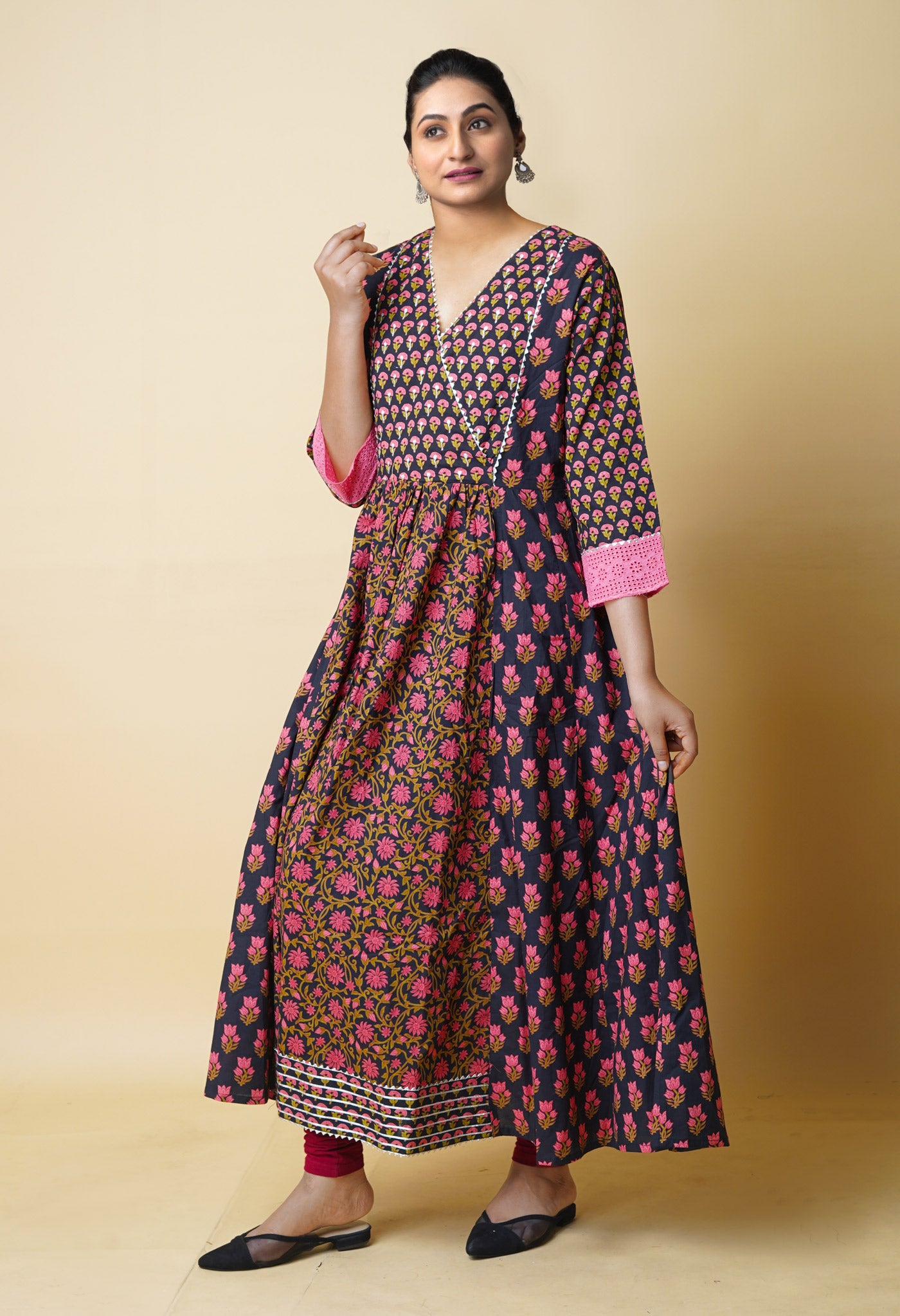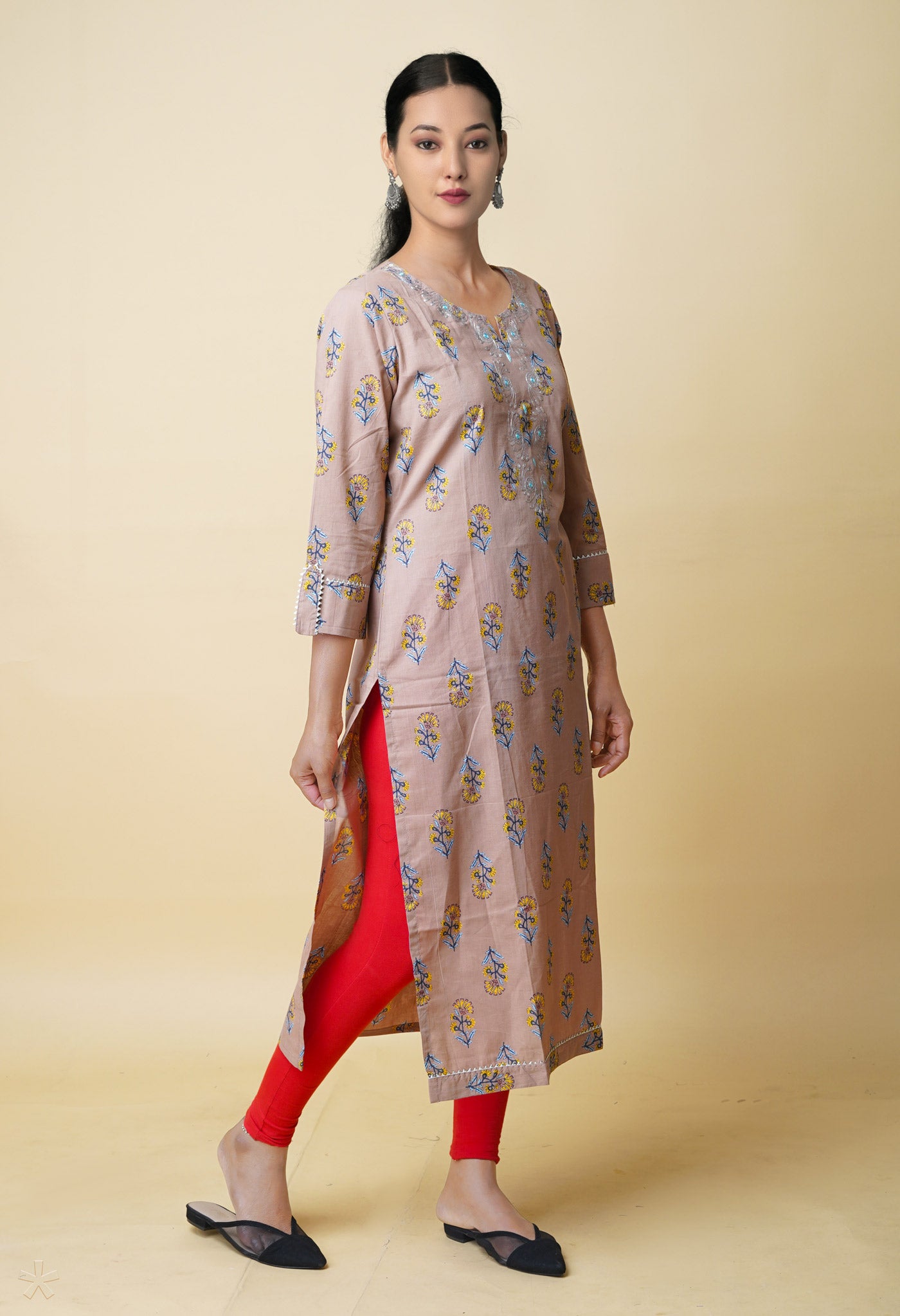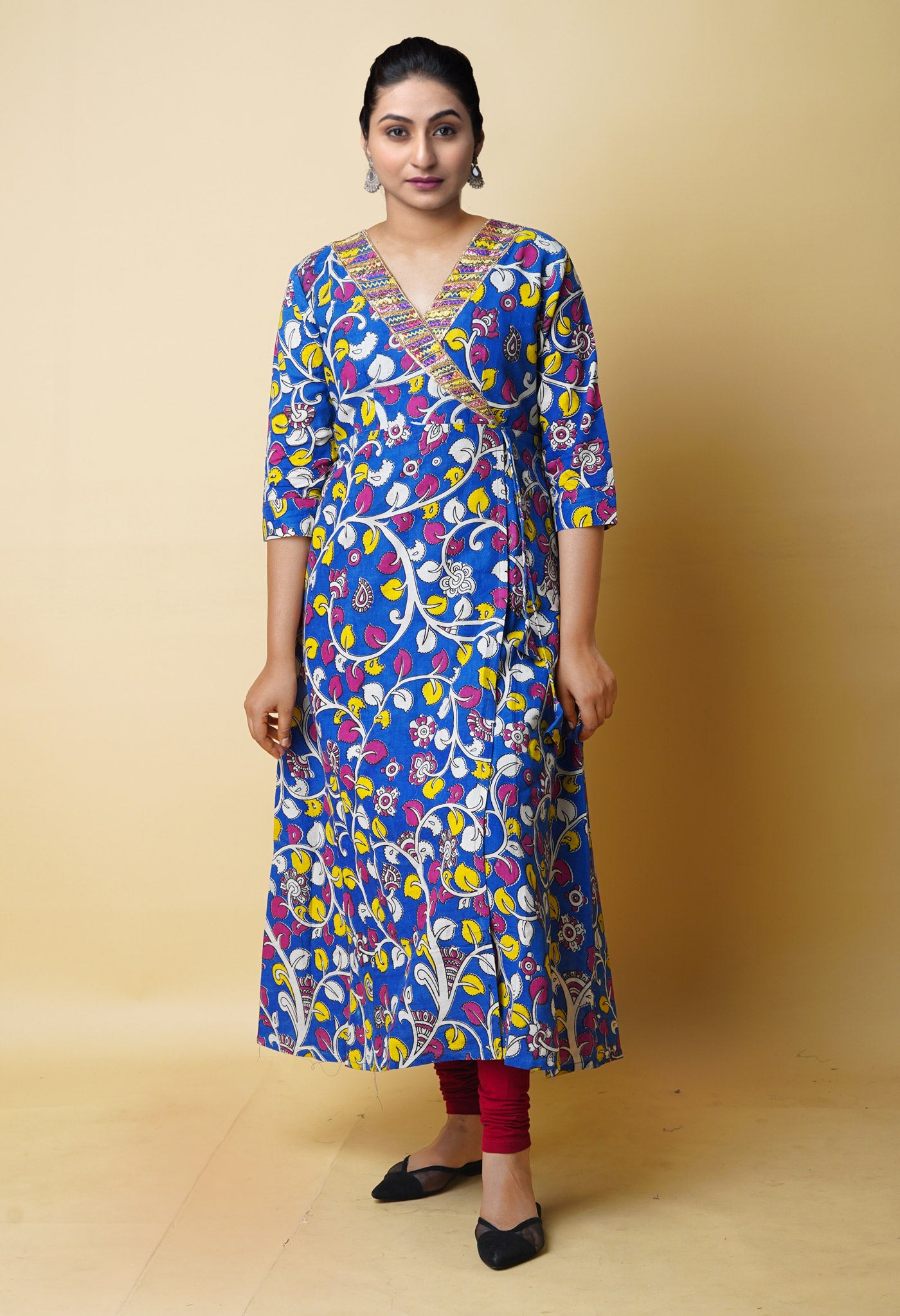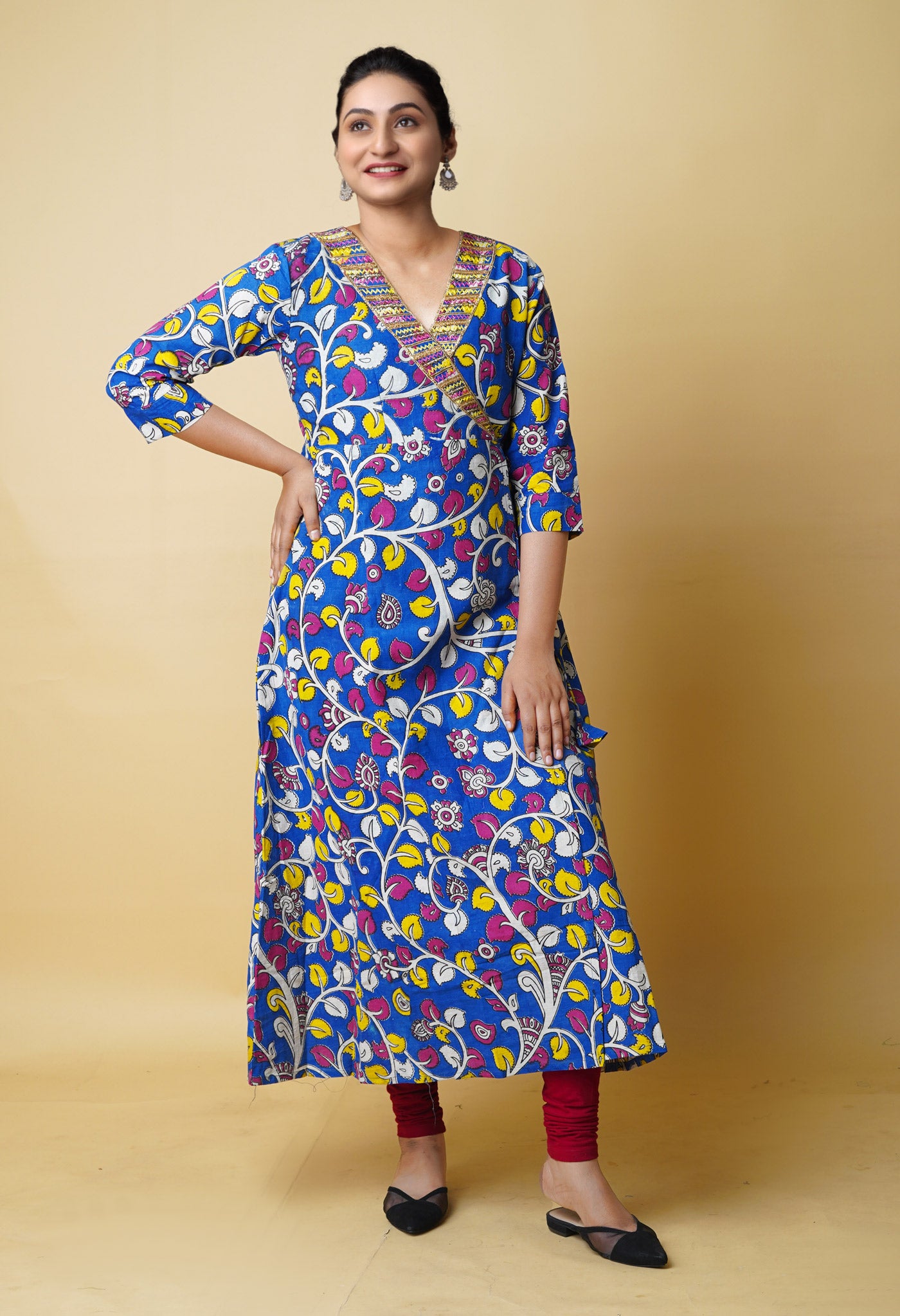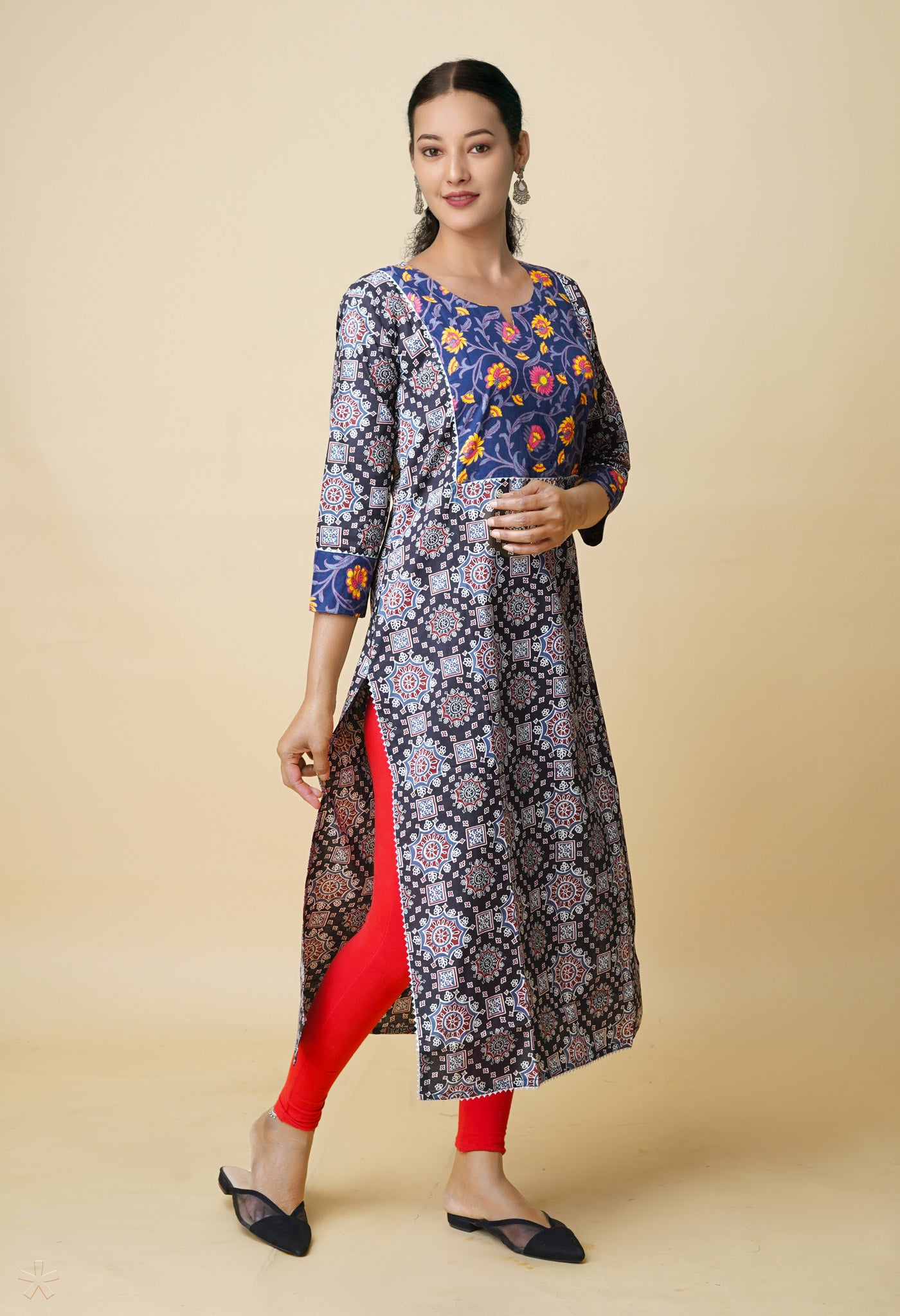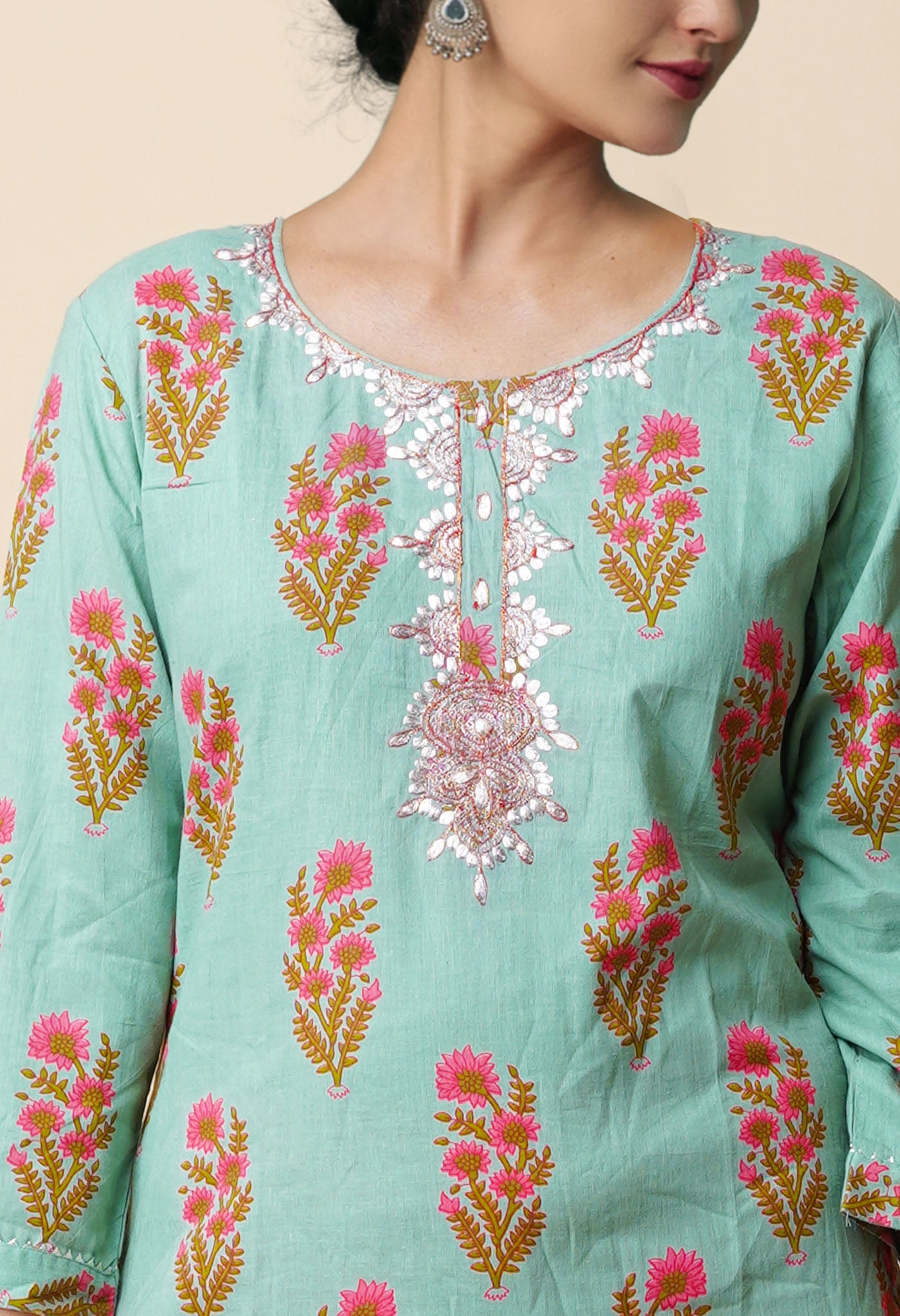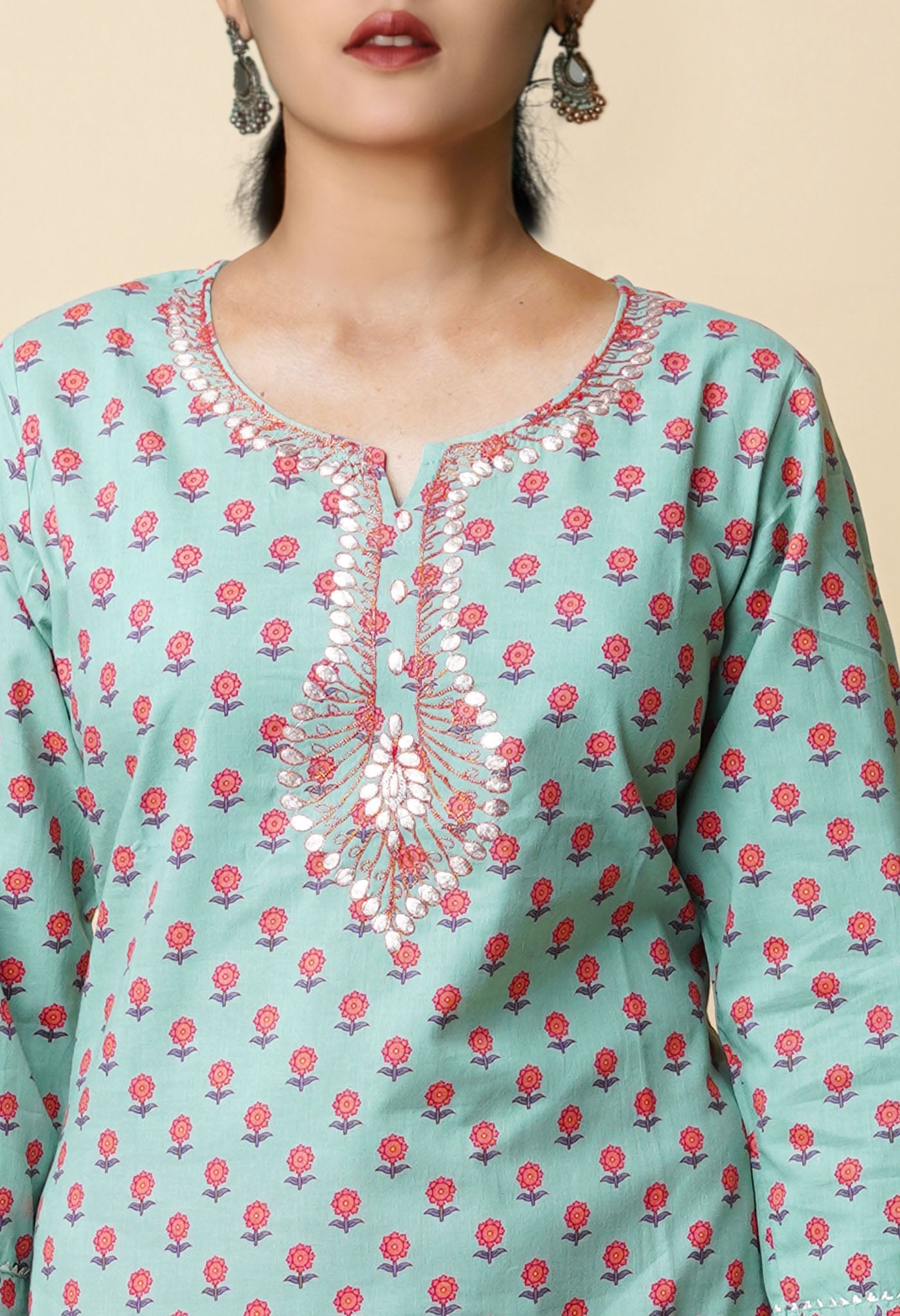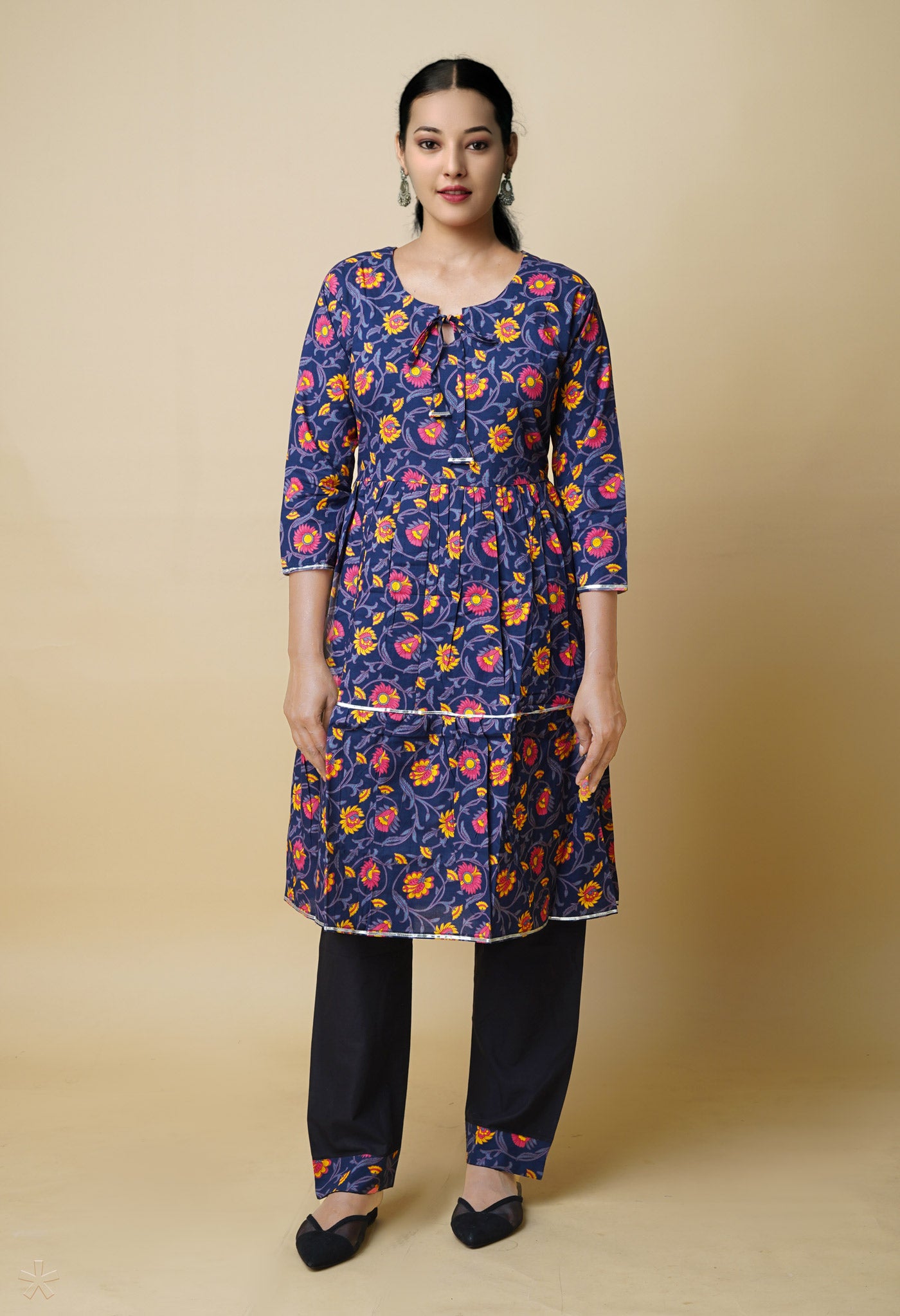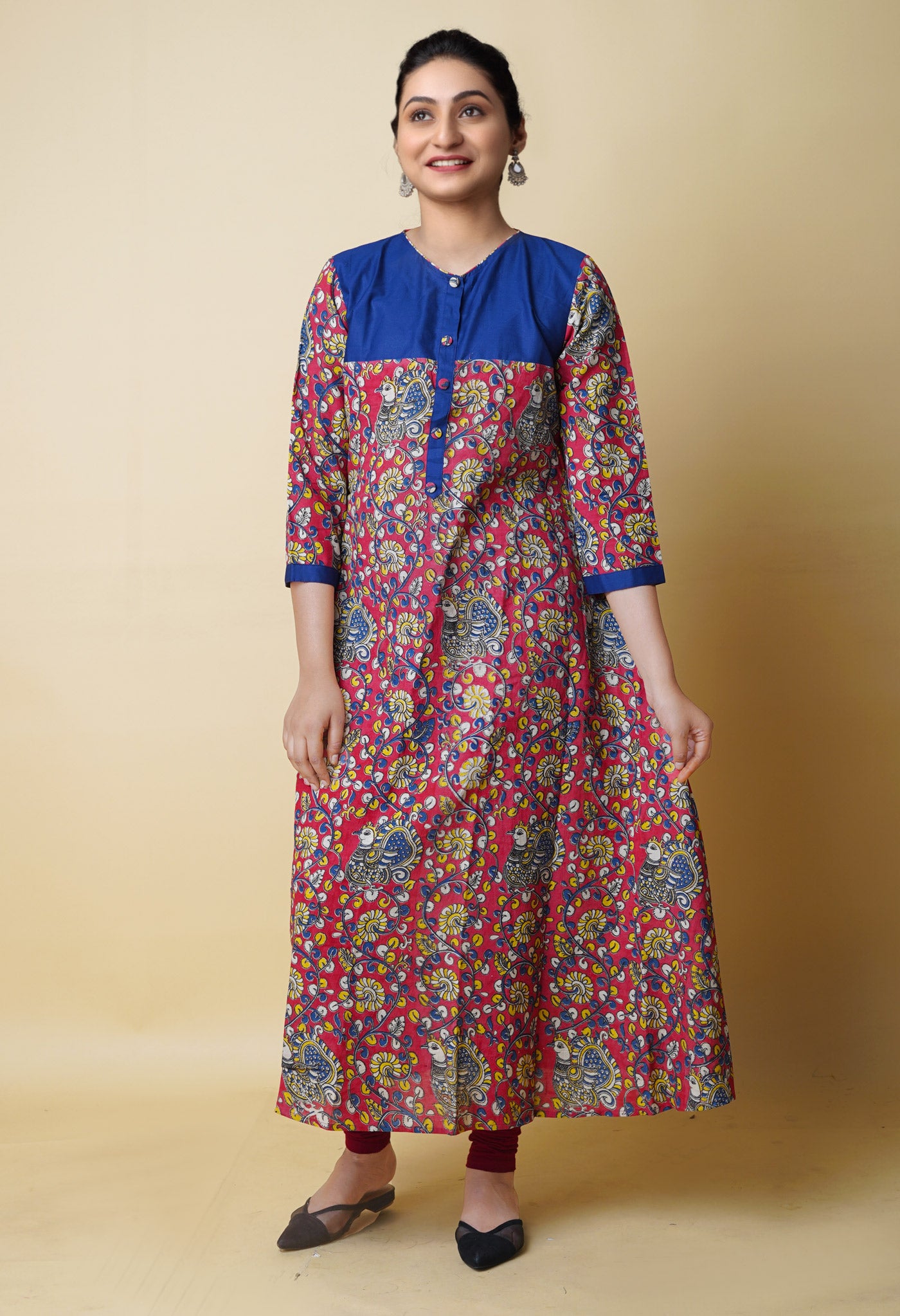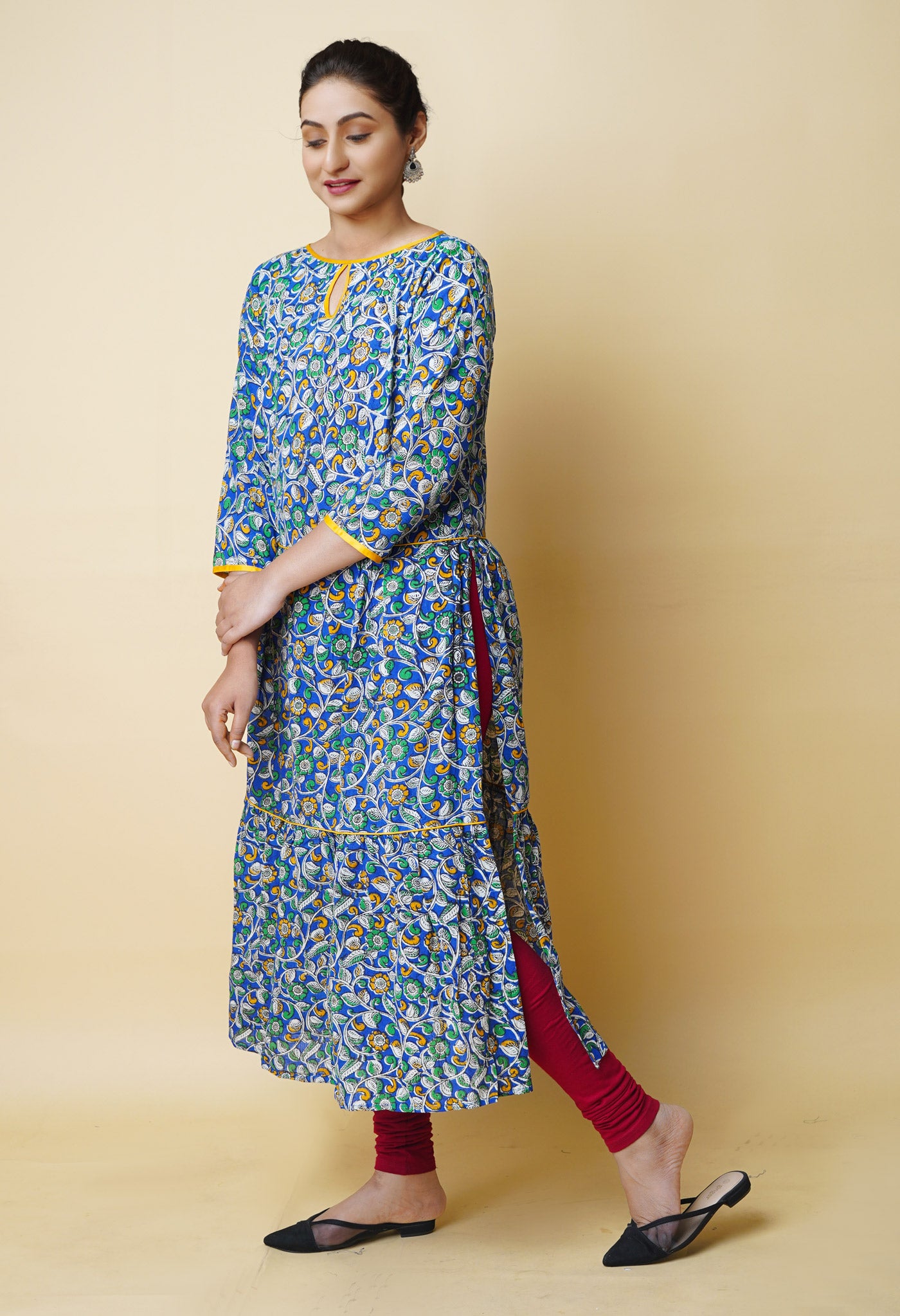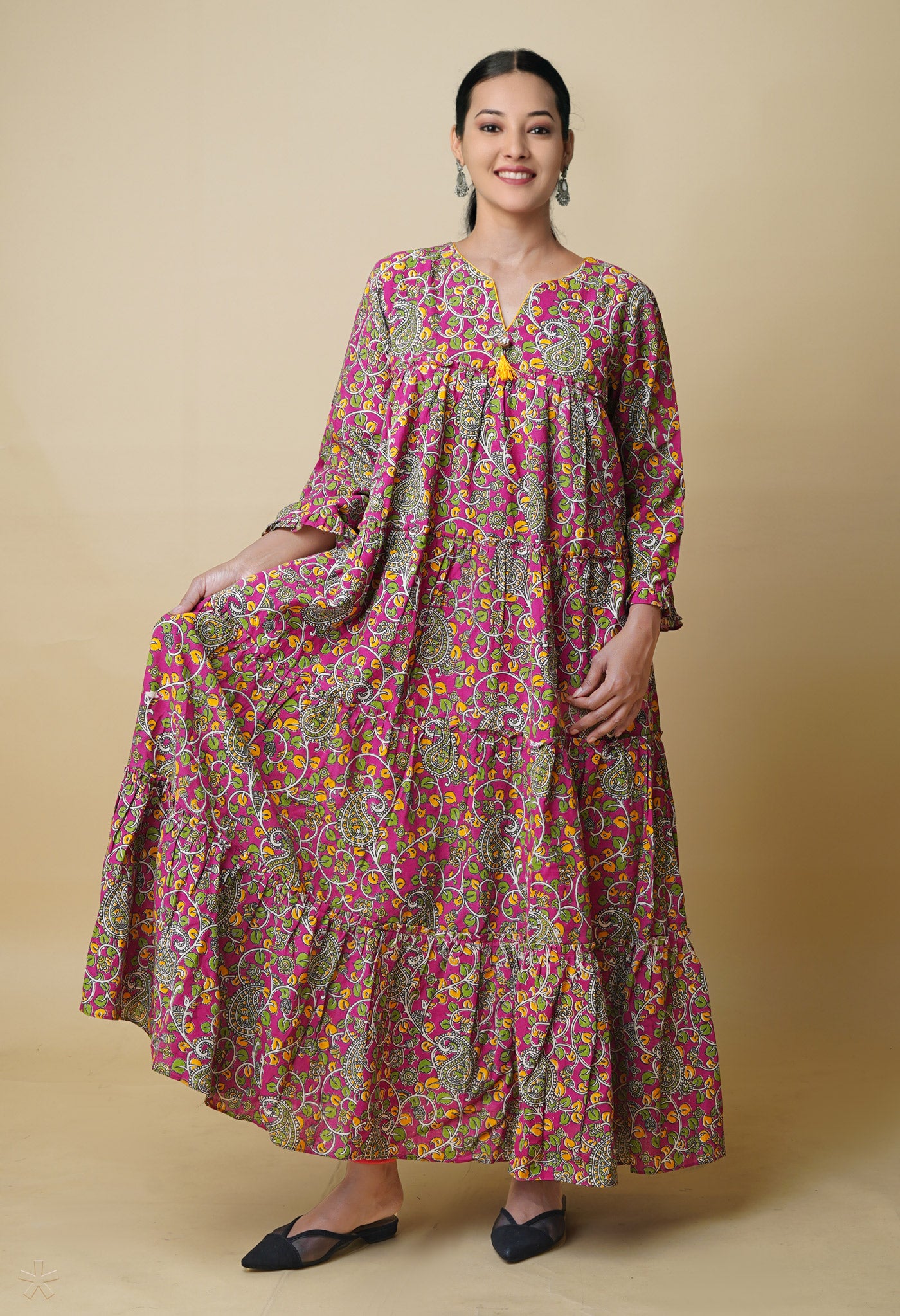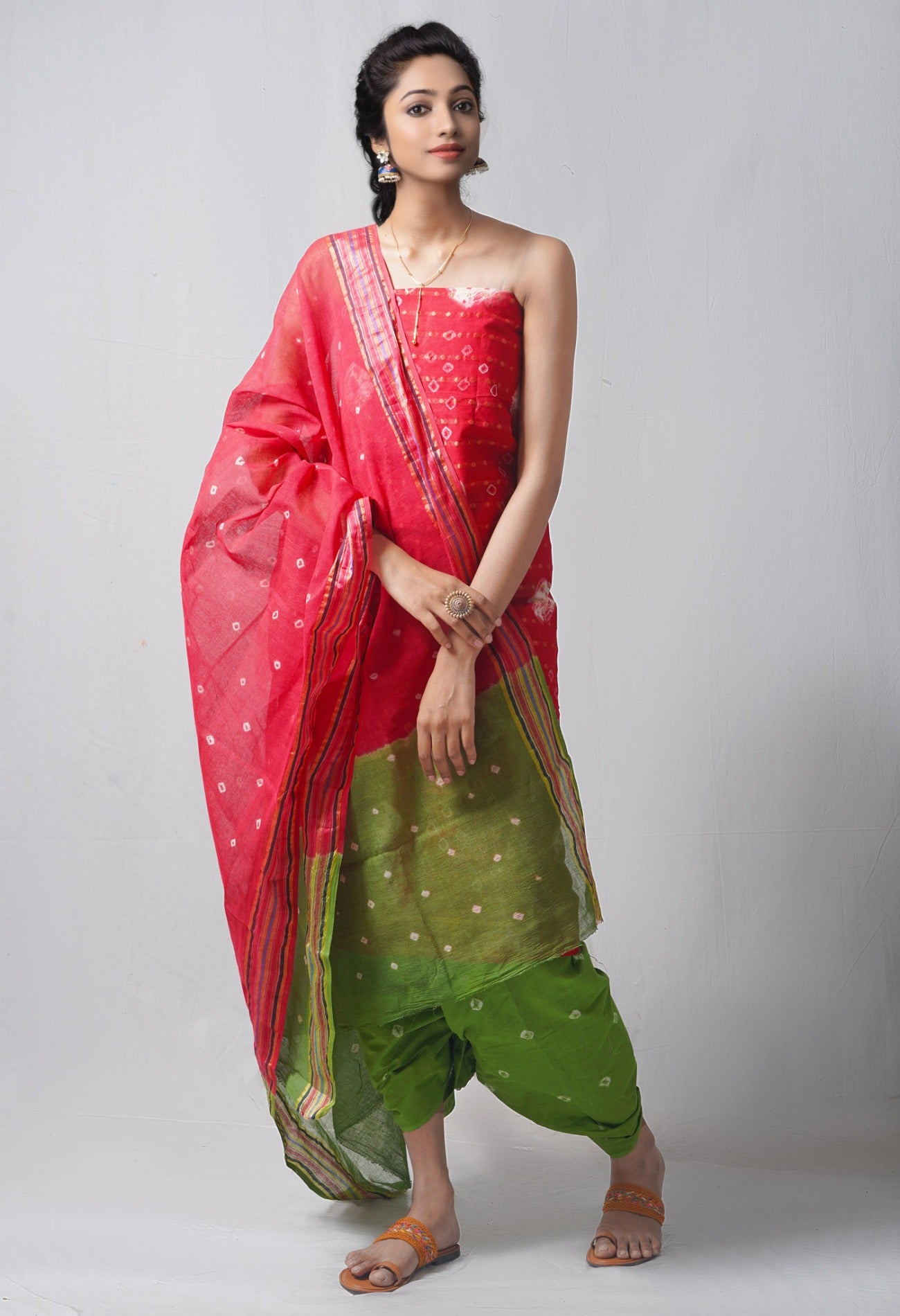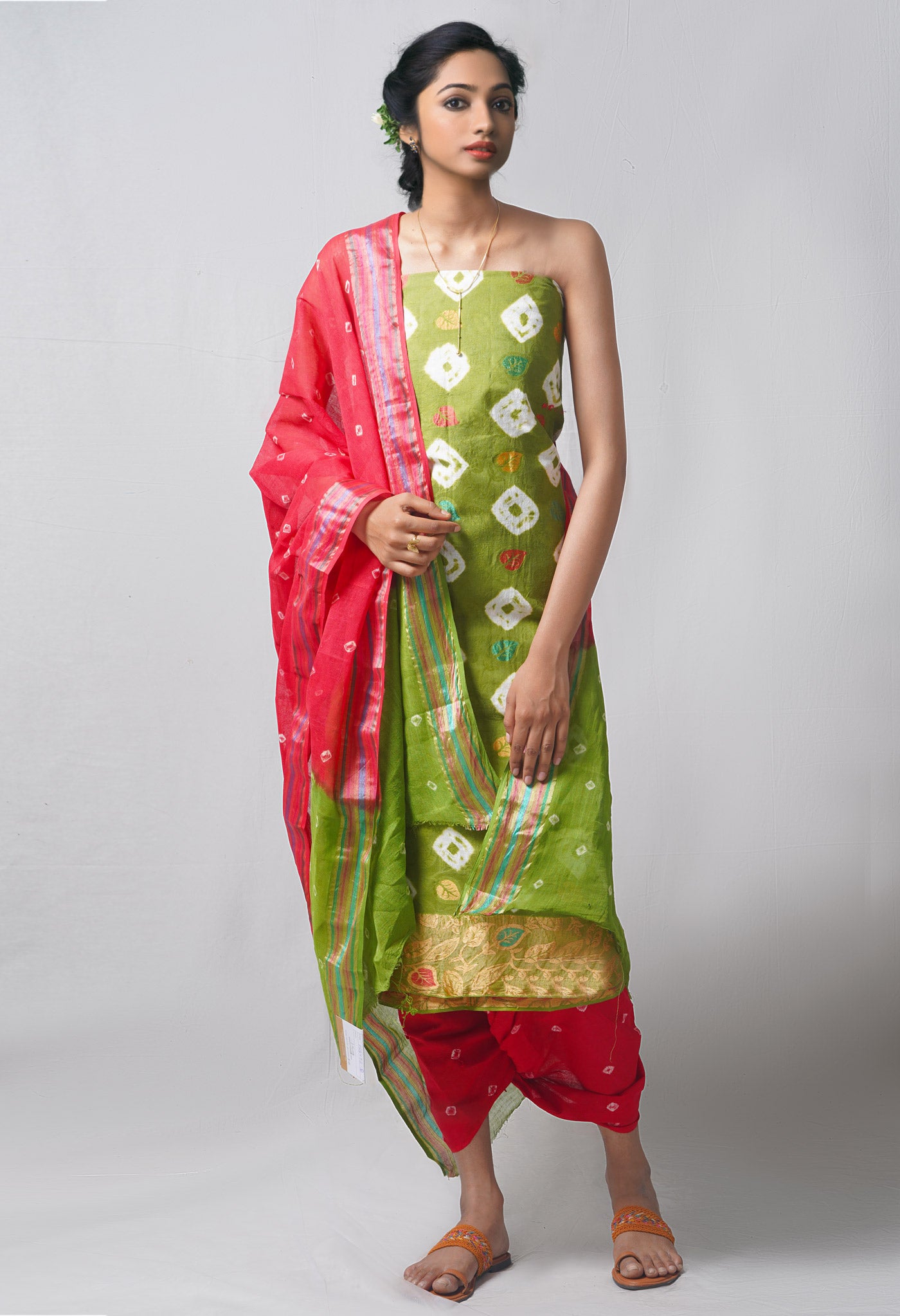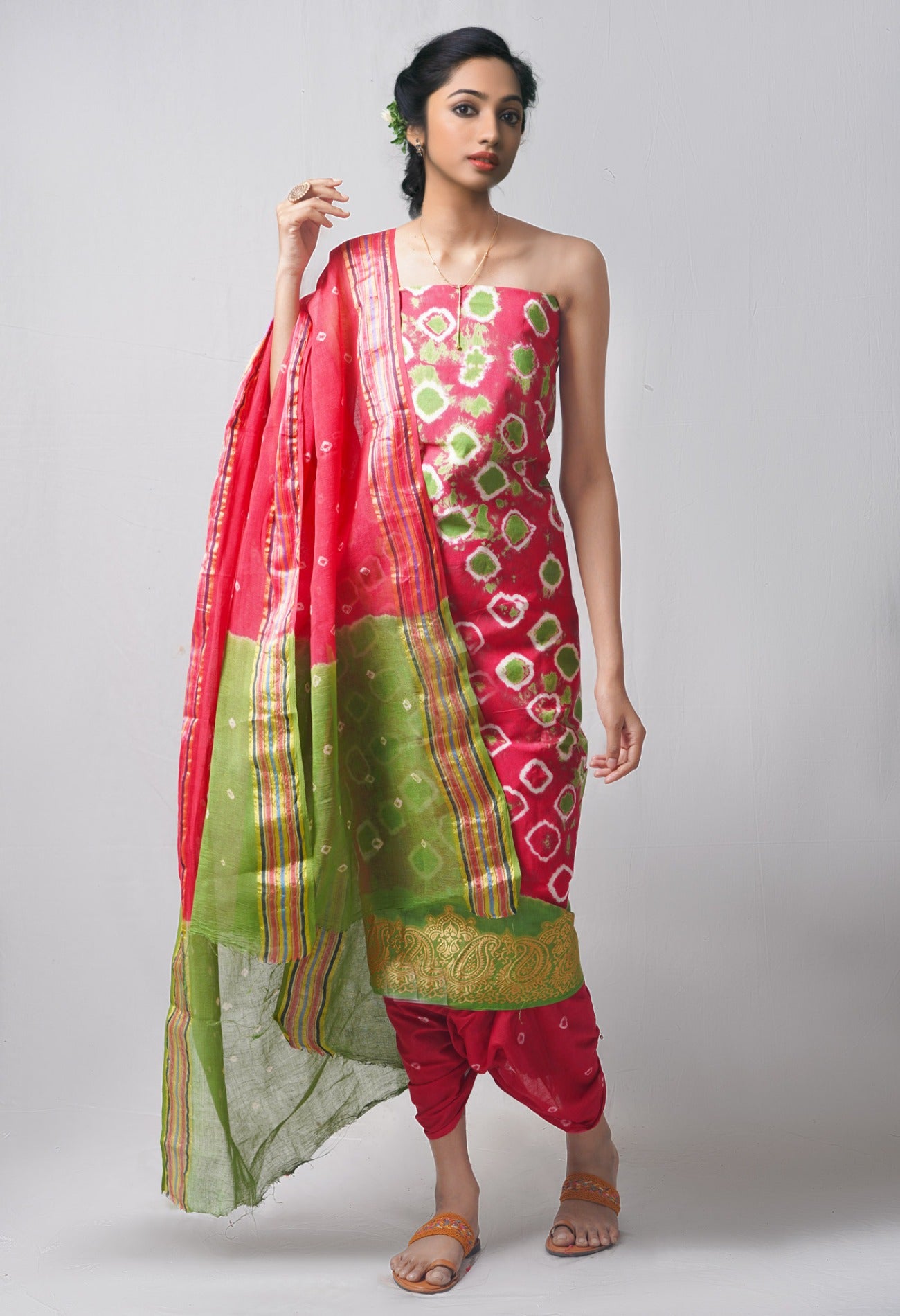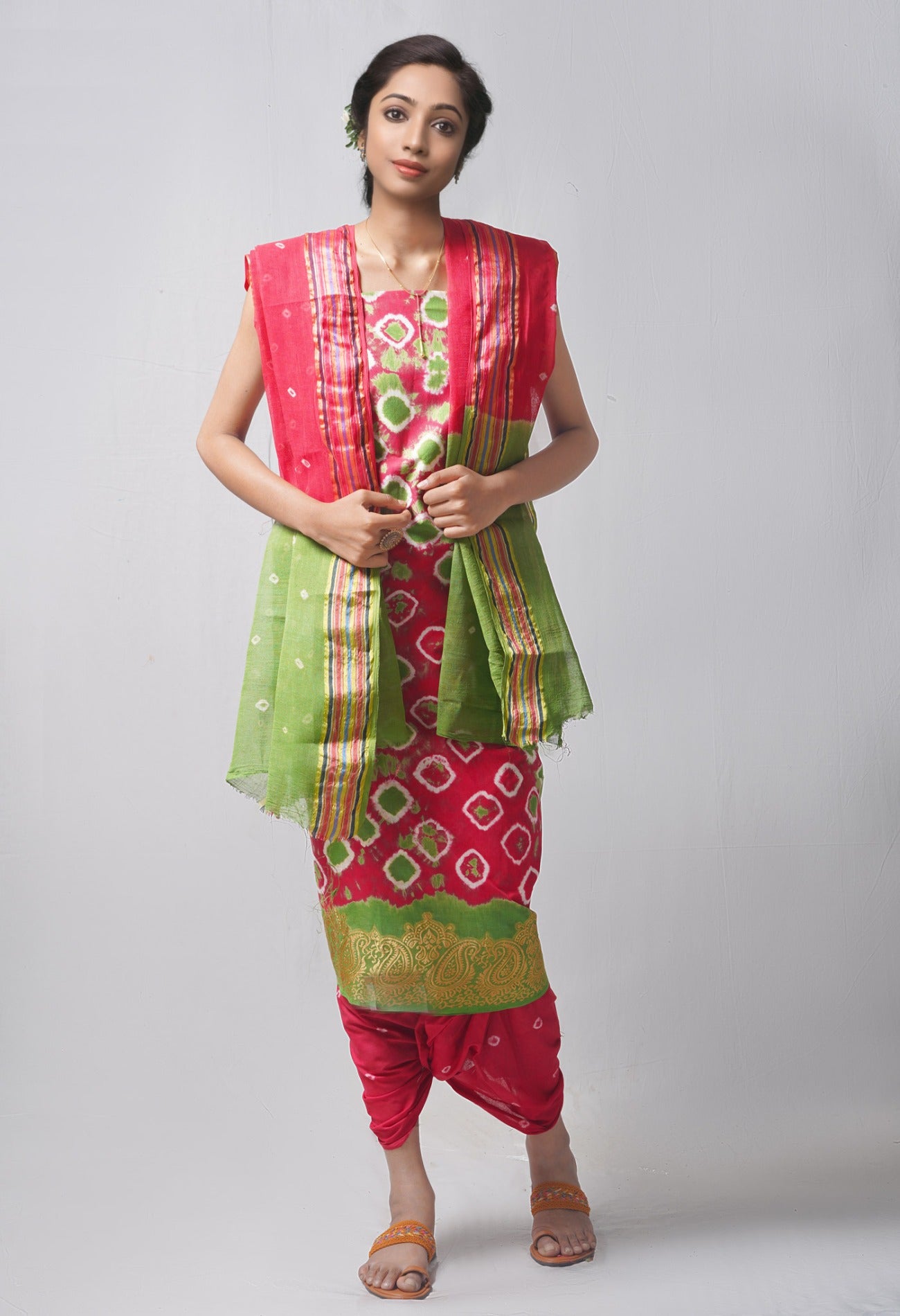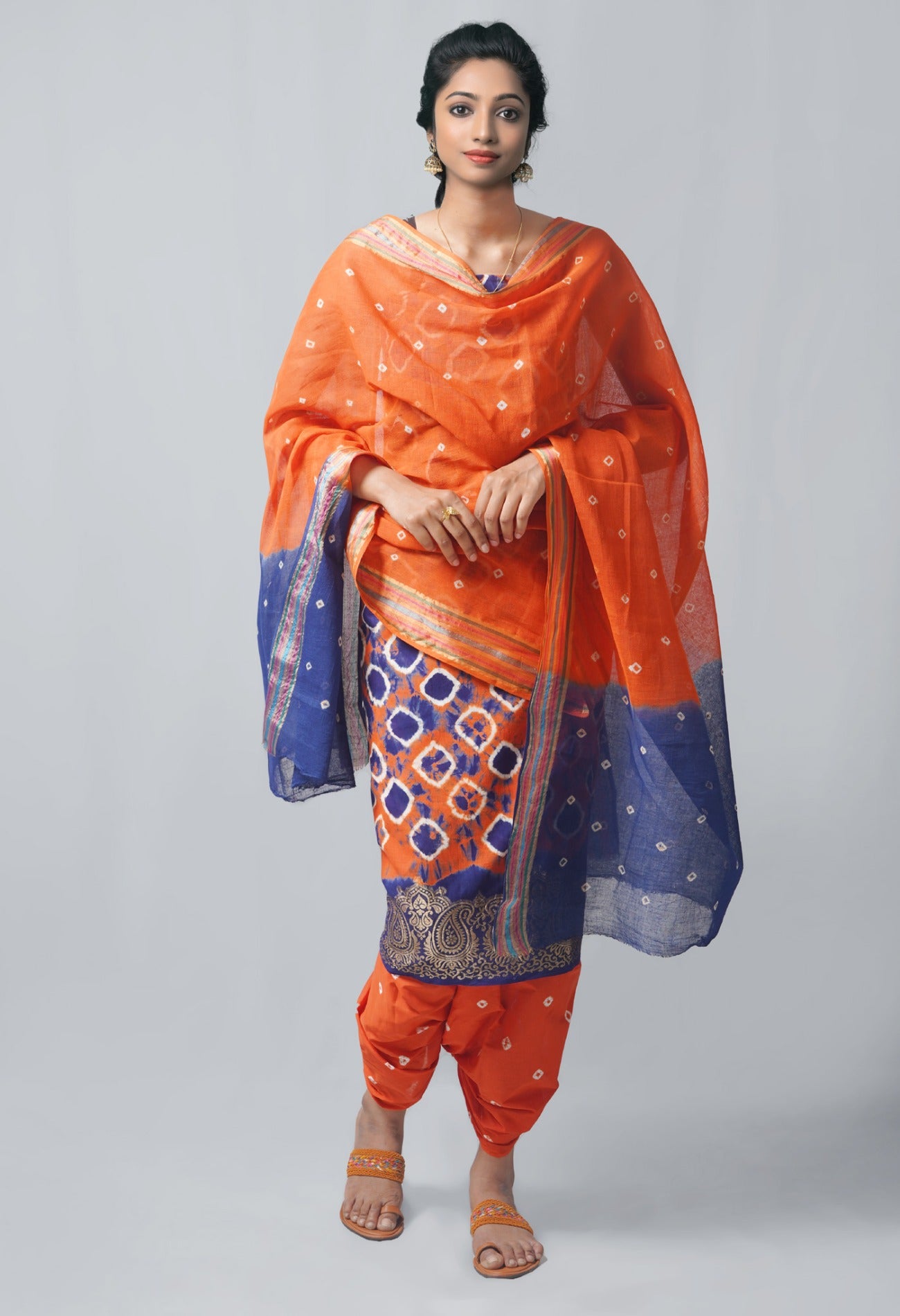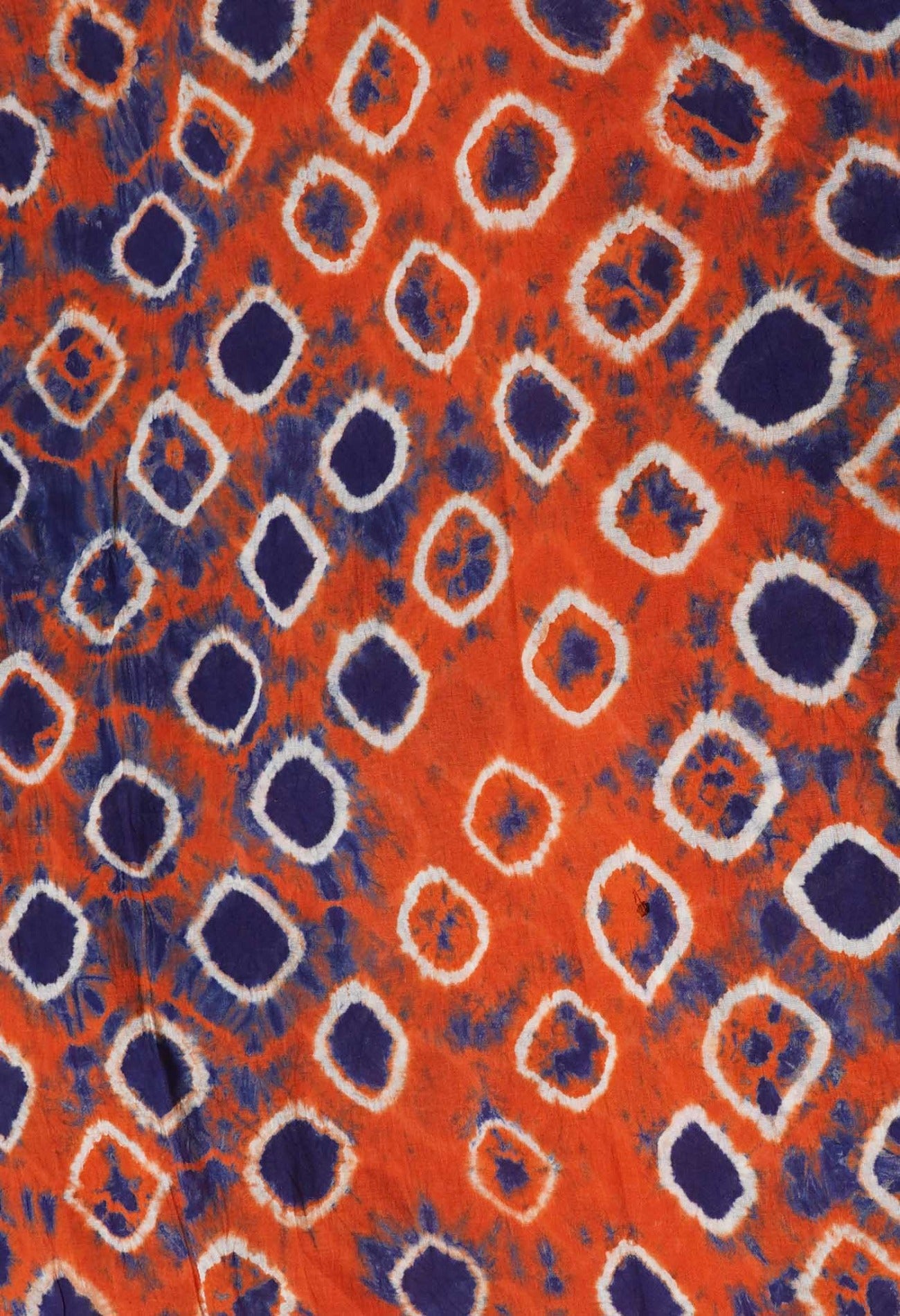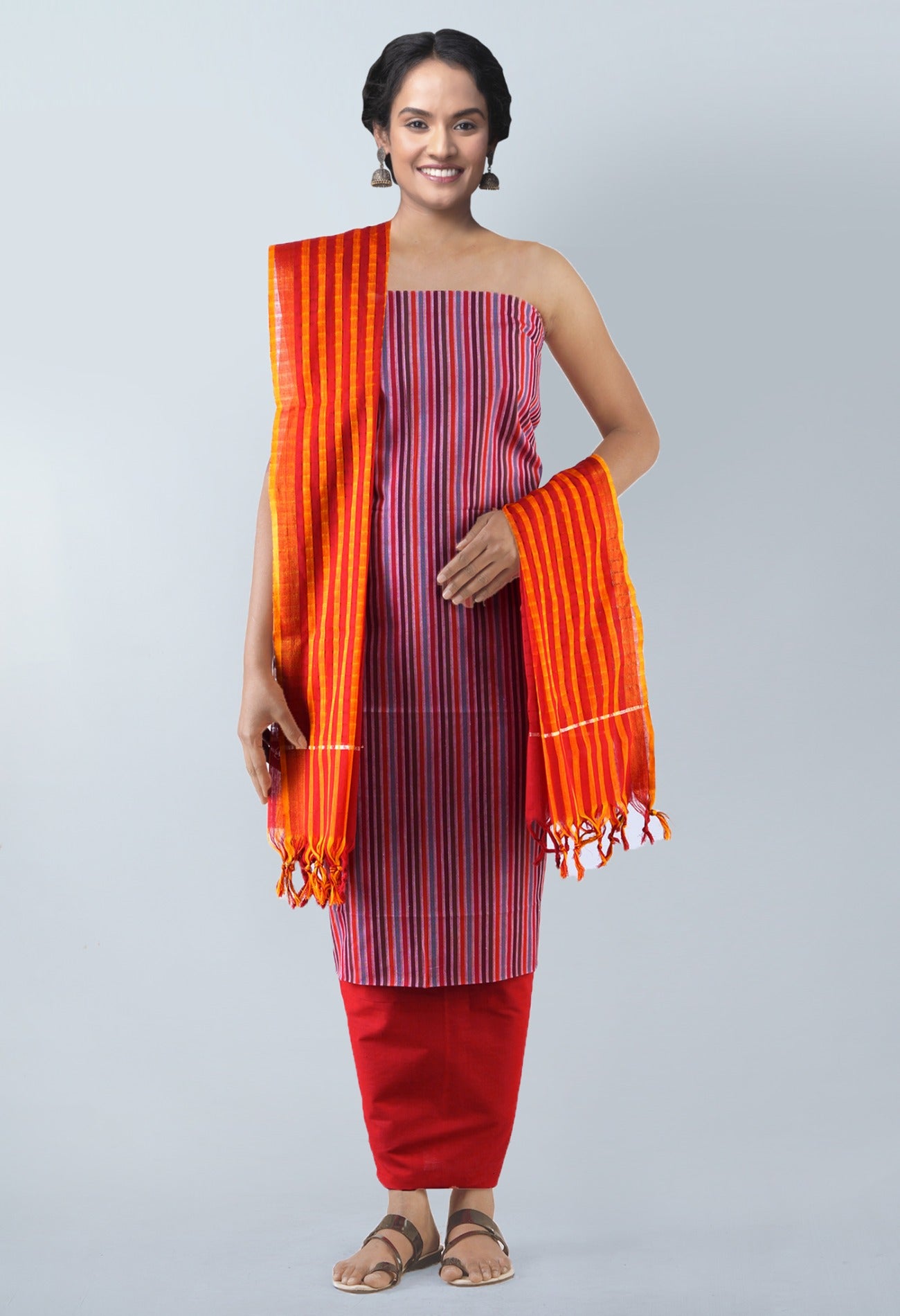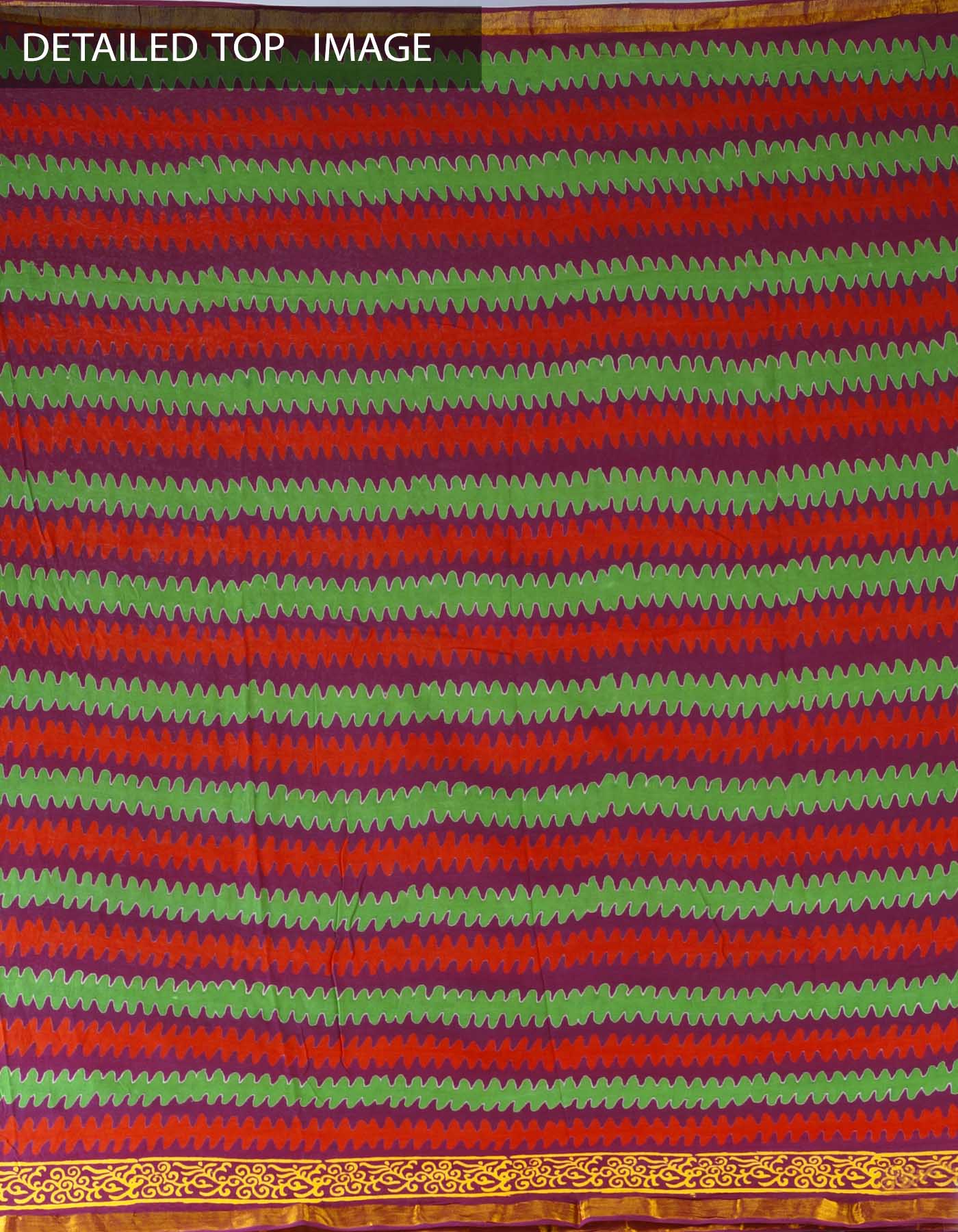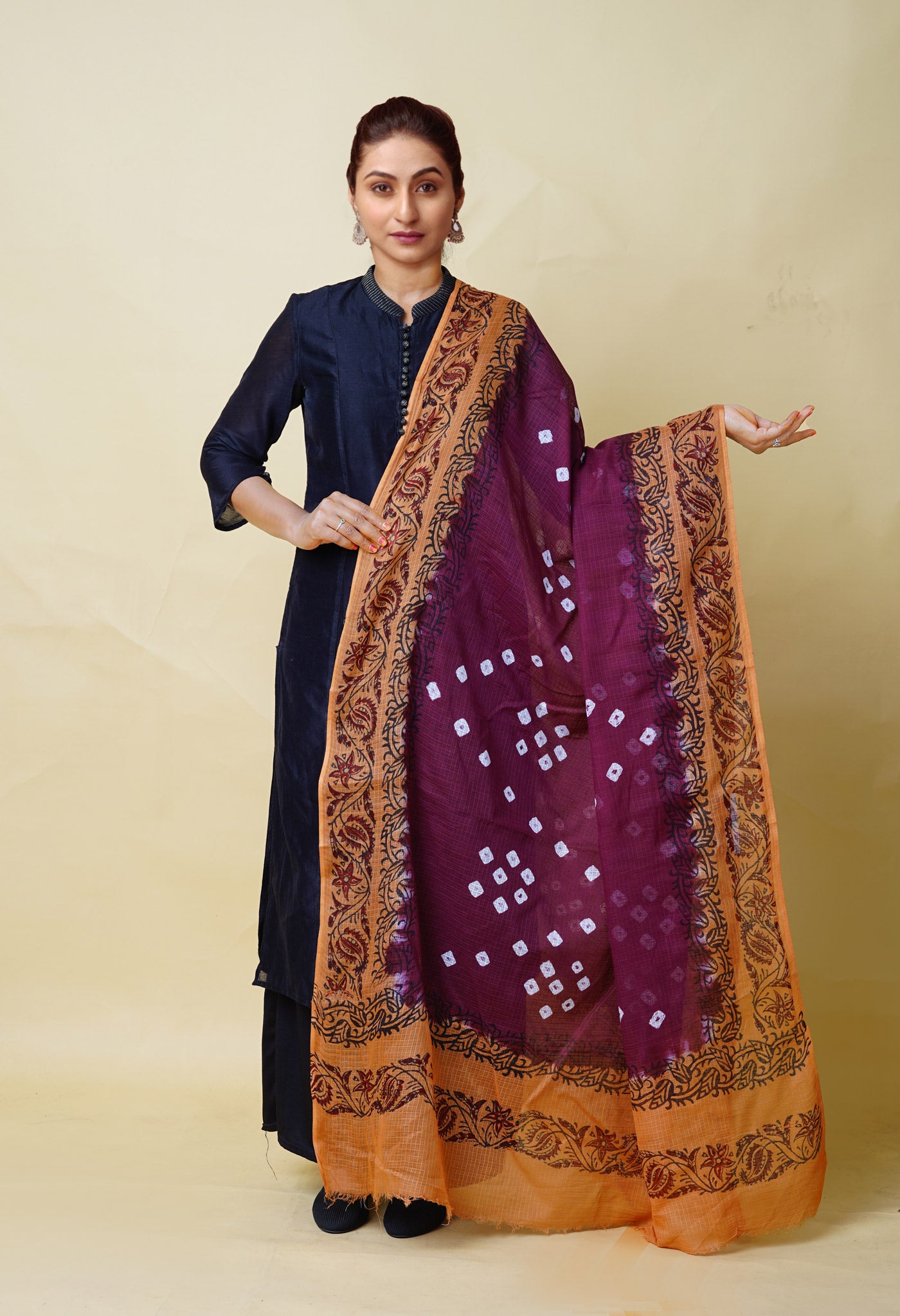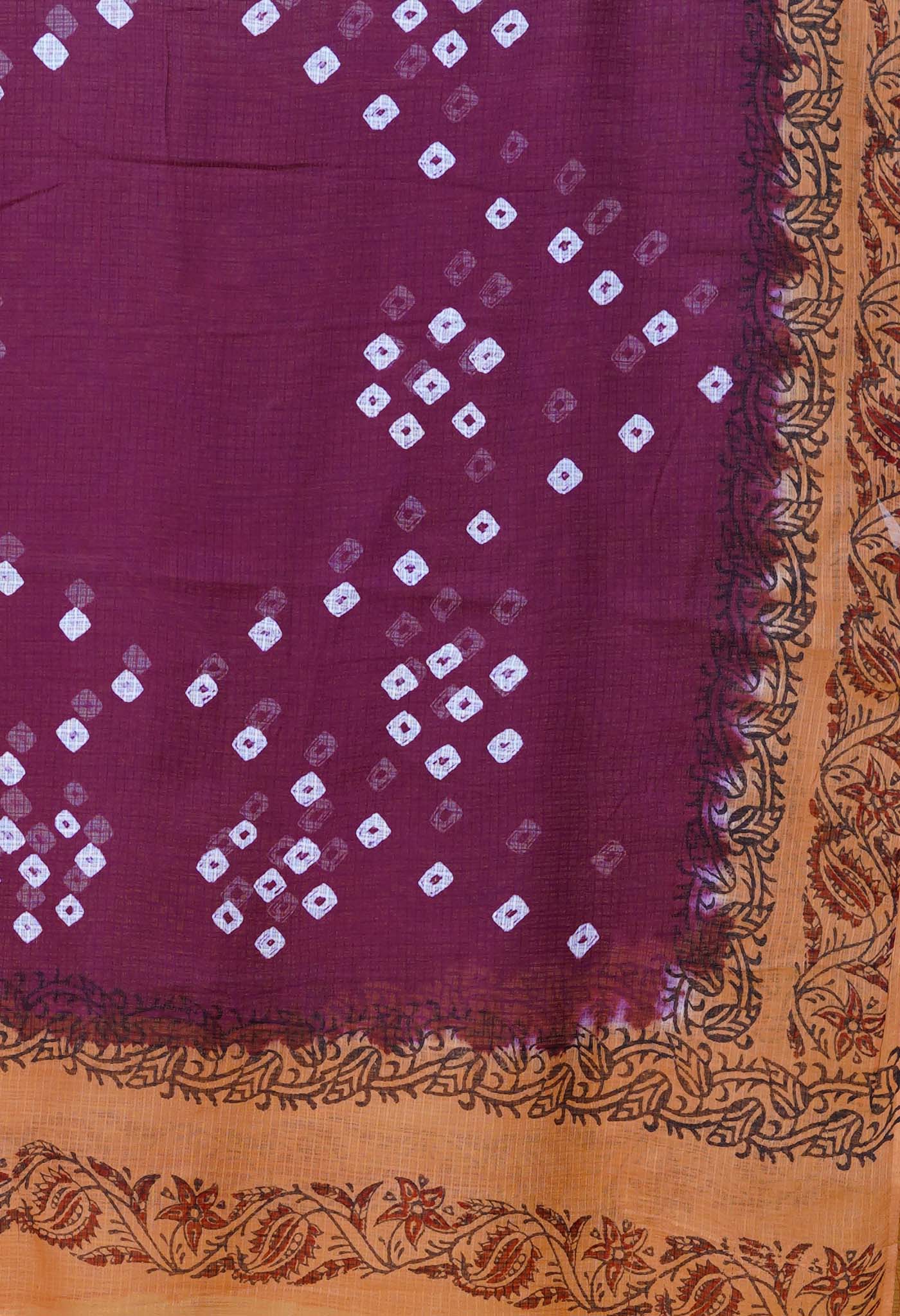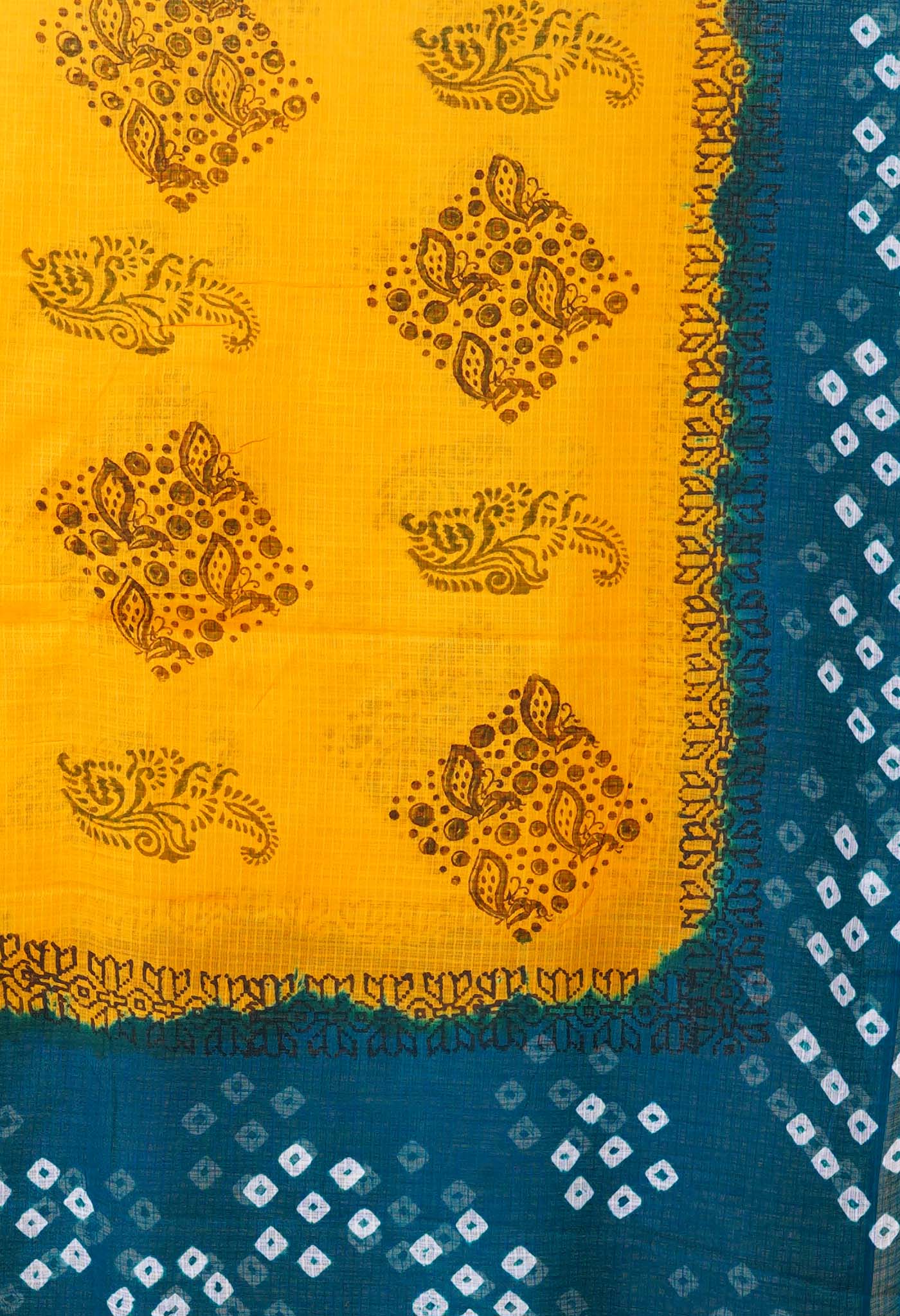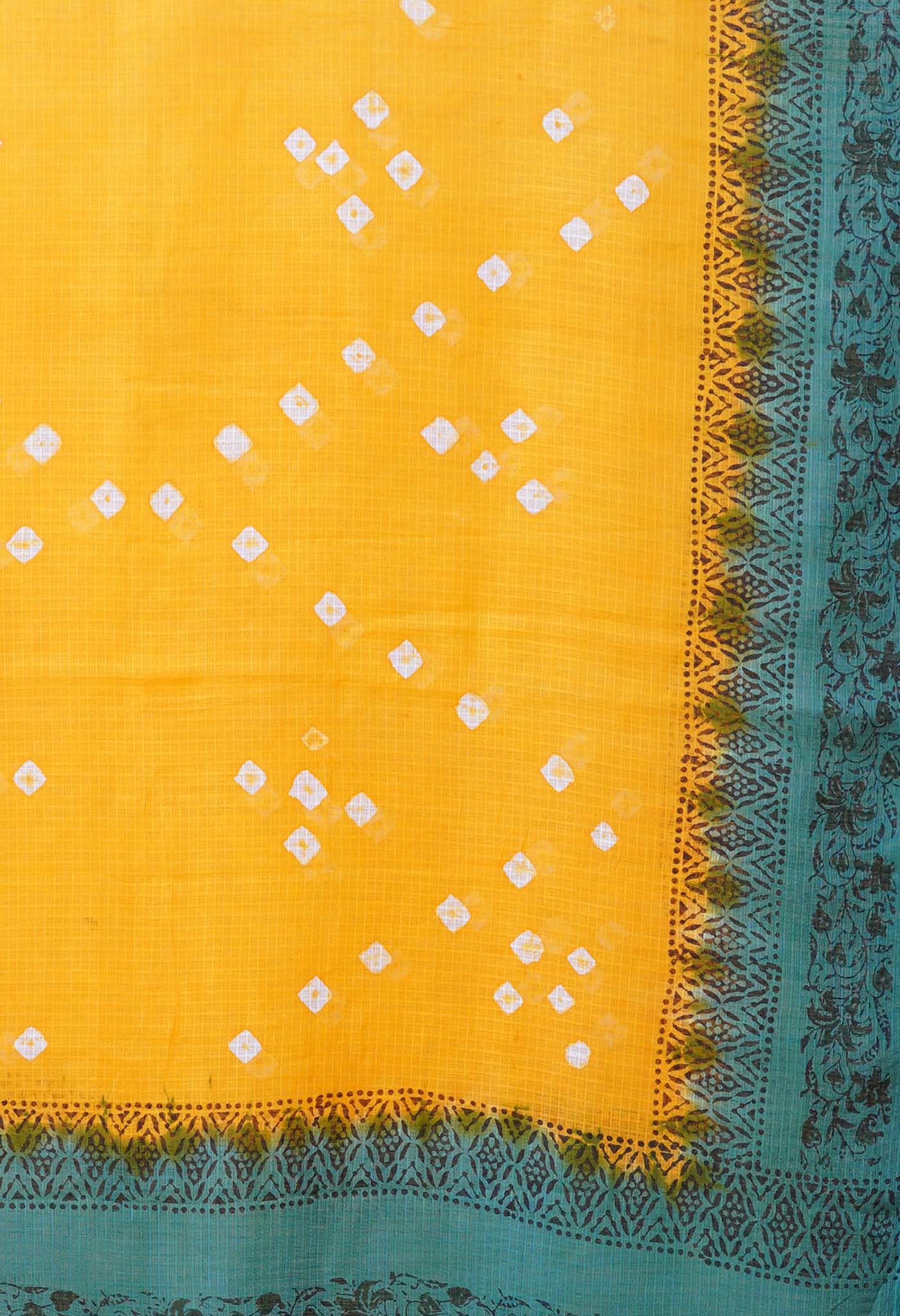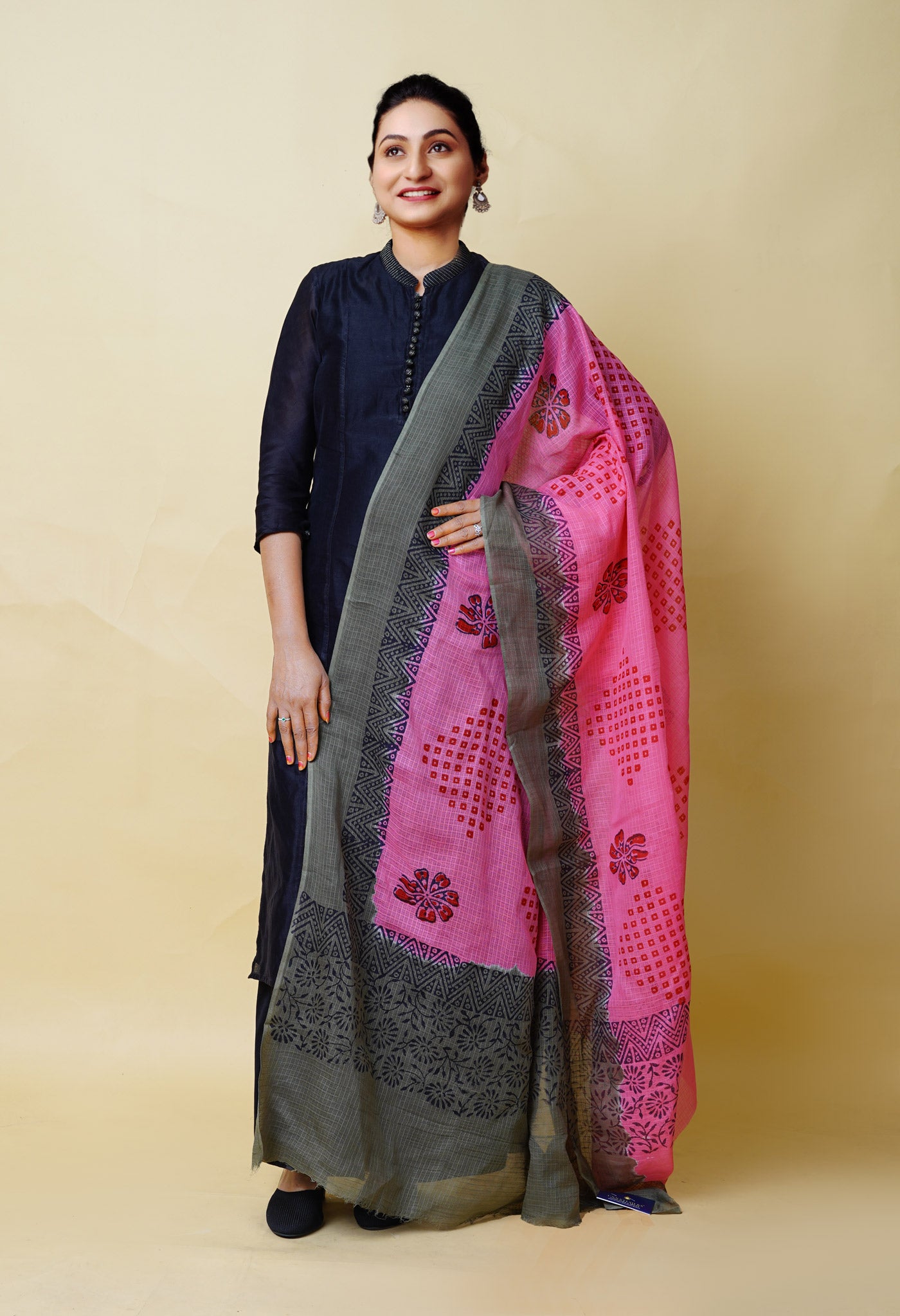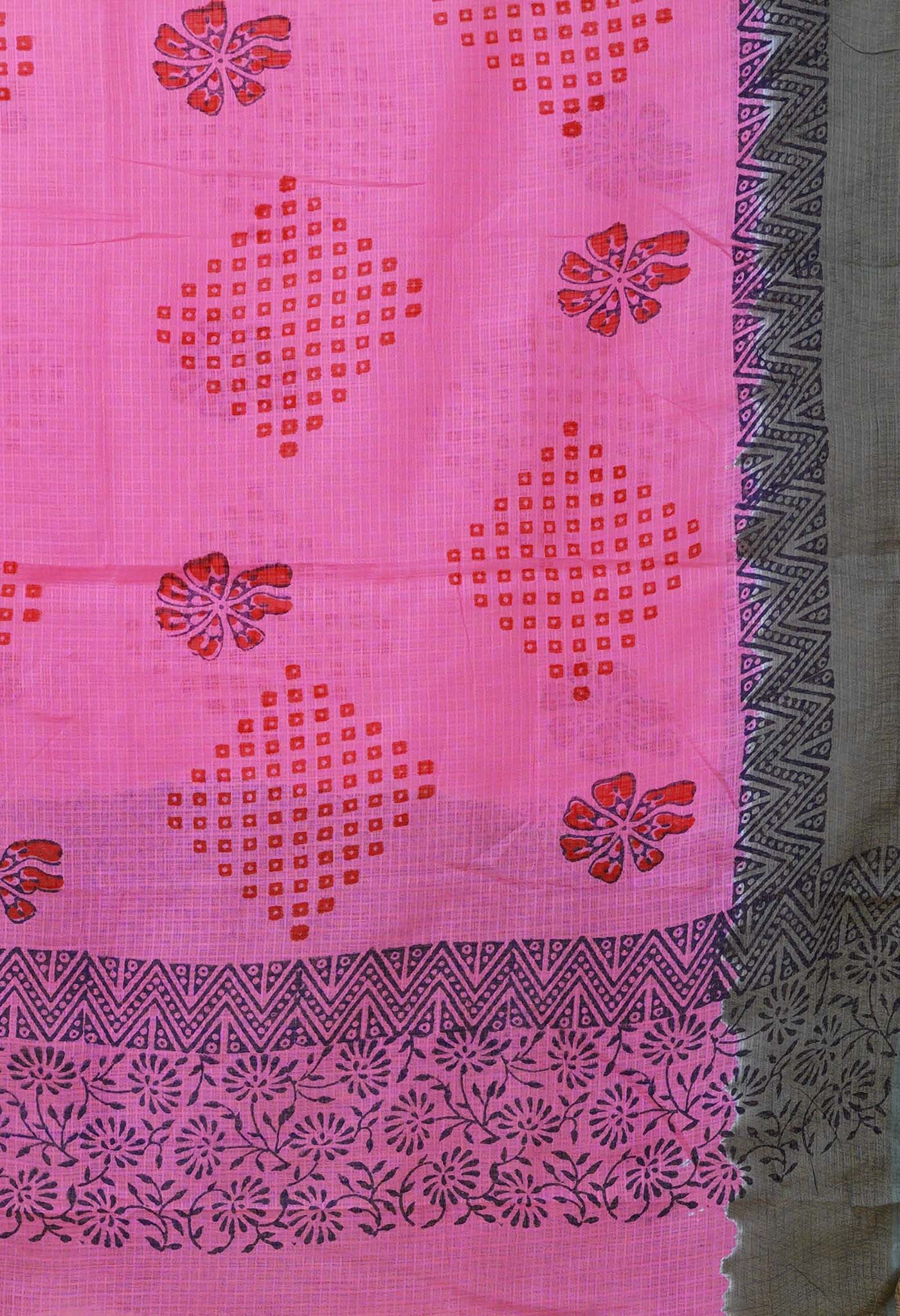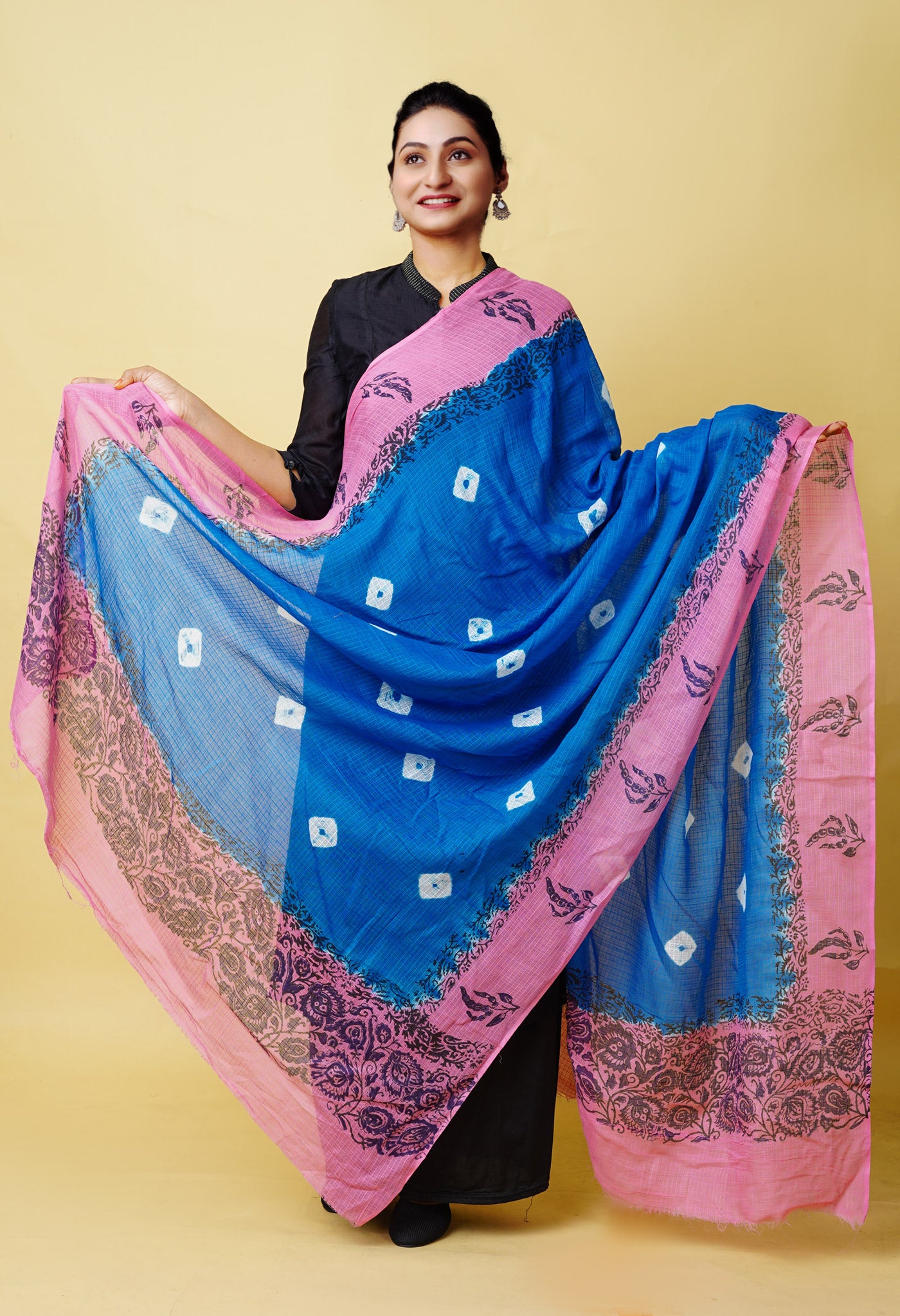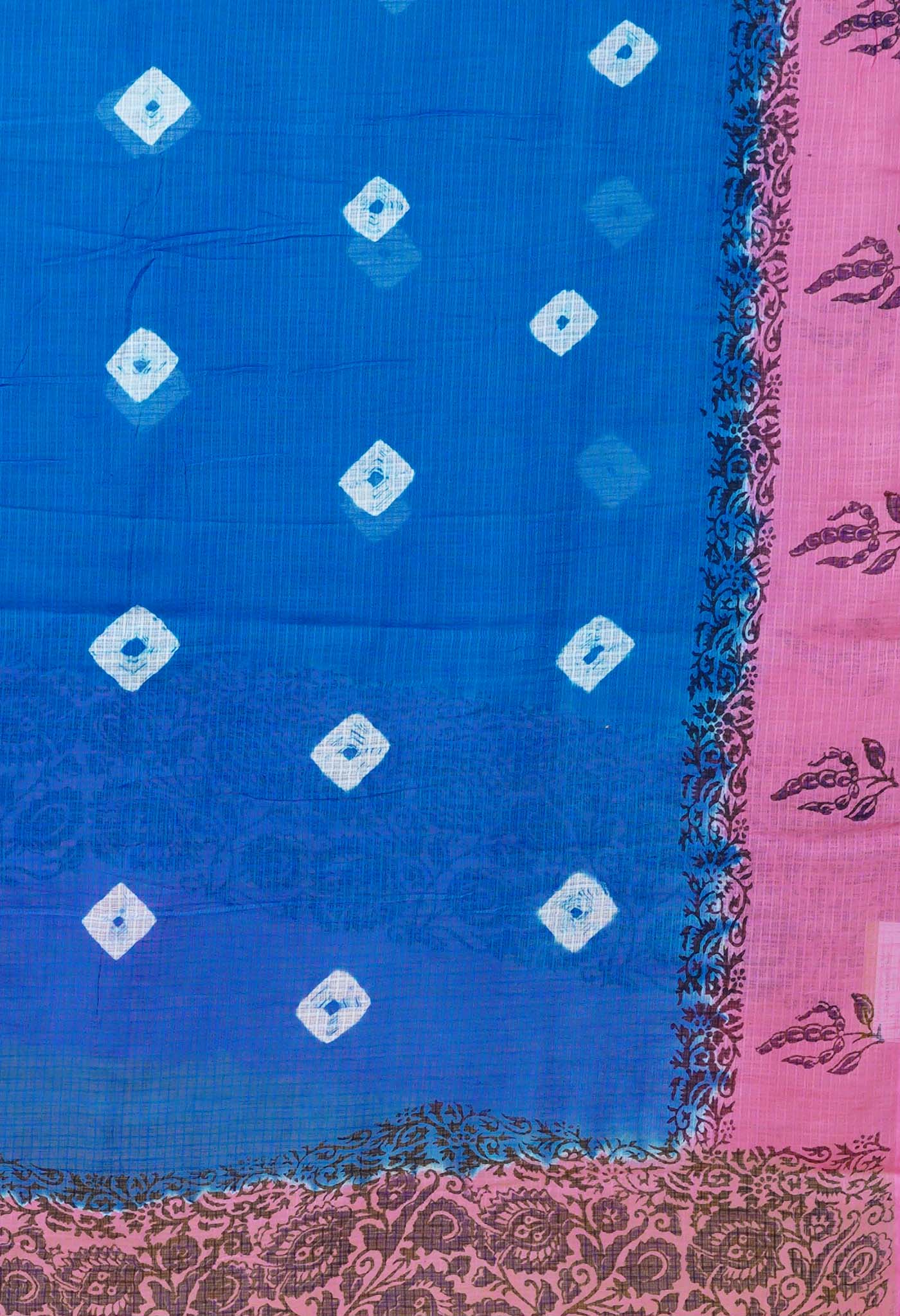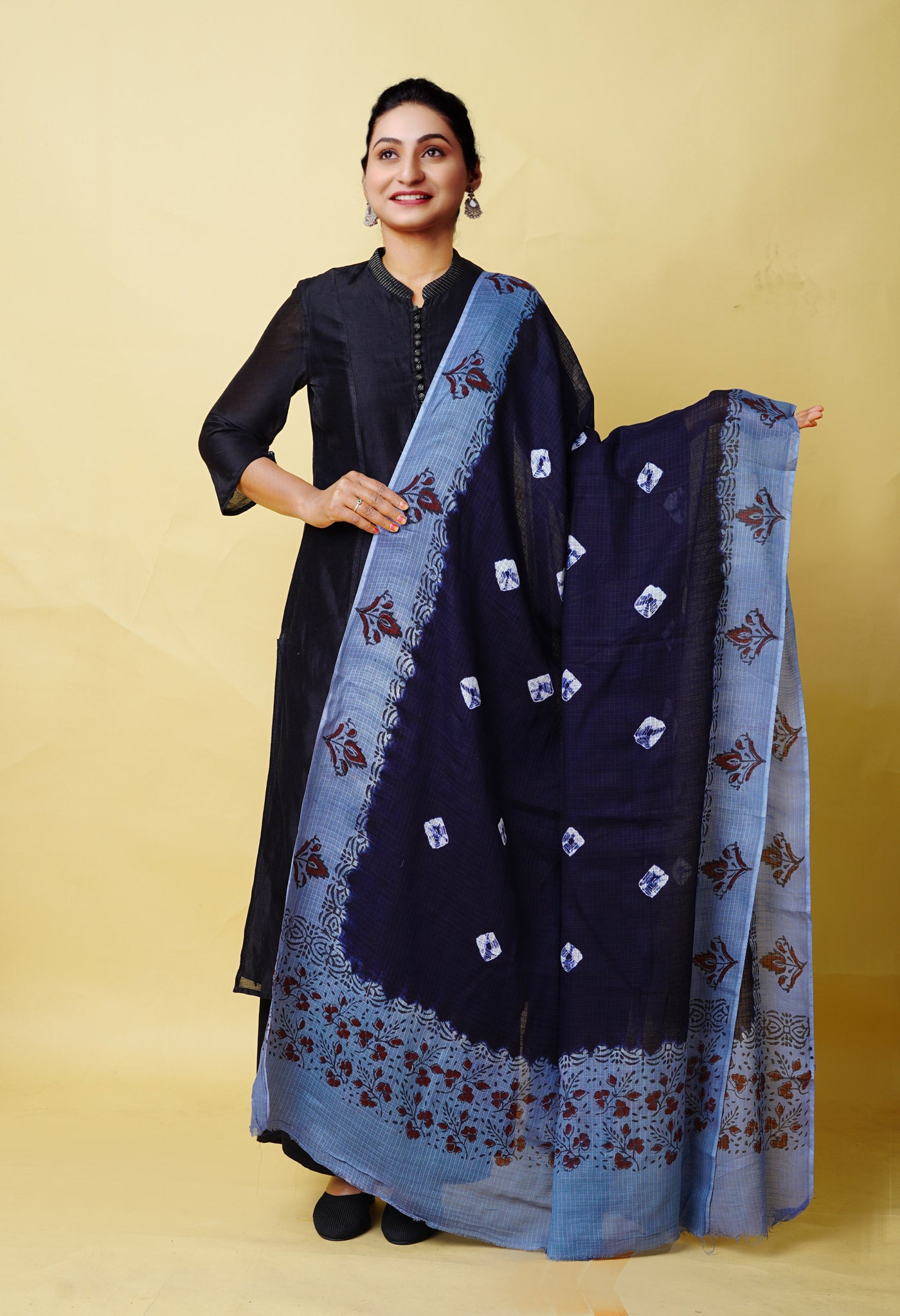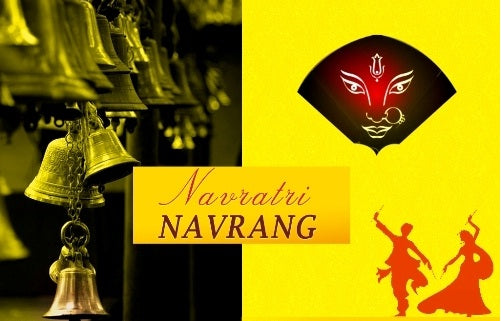
The special colours of Navratri
The festival though celebrated in different ways in different states of the country, especially Gujarat has a theme of colours to be worn on each of the nine days of the festival to propitiate the particular form of the goddess on that day and invoke divine blessings. The table below gives a fine idea on what the colour of the attire of the Goddess would be and what colour of attire devotees are expected to wear.
| Day No. |
Known as | Date | Form of Goddess | Symbolism | Color of Goddess’ attire |
Color of devotee’s attire |
| 1 | Ghatasthapana /Pratipada | Sep.25th | Shailaputri Maa | The first to be worshipped. The earthen pot is installed on this day. | Grey | Yellow |
| 2 | Dwitiya | Sep.26th | Bharmacharini | The form that enlightens elegant forms with power, divinity and spiritual grace | Orange | Green |
| 3 | Tritiya | Sep.27th | Chandraghanta | This form stands for peace, beauty, serenity and courage. | White | Grey |
| 4 | Chaturthi | Sep.28th | Kushmanda | This form is considered as the creator of the universe | Red | Orange |
| 5 | Panchami | Sep.29th | Skandamata | This form also represents Maa Durga, the slayer of demons and evil beings | Blue | White |
| 6 | Shashti | Sep.30th | Katyayani | One more form of the Goddess representing power | Yellow | Red |
| 7 | Sapthami | Oct.1st | Kaalratri | A form of the goddess that frees devotees from the clutches of trouble and evil to give them happiness | Green | Blue |
| 8 | Ashtami | Oct.2nd | Mahagauri | A form that grants forgiveness to devotees and cleanses their souls | Peacock Green | Pink |
| 9 | Navami / Dusshera | Oct.3rd | Siddhidatri | A form that has supernatural powers. The embodiment of strength in the female form. | Purple | Purple |
This year (2014) Navaratri begins on September 25th and ends on Oct.3rd. Incidentally Dusshera or Vijayadashami, the tenth day, normally after Navami, the ninth day, coincides this time with it on Oct.3rd. As per the Hindu almanac, the latter half of the day is when Dushhera commences.
 The colours seen during Navratri have religious significance in that they represent a particular form of the Goddess and her like for that particular colour. Similarly if the colours that the devotees should wear are specified then it is based on the maximum affinity of particular colours or the like of the goddess in each form that would please her most to shower instant blessings on them.
The colours seen during Navratri have religious significance in that they represent a particular form of the Goddess and her like for that particular colour. Similarly if the colours that the devotees should wear are specified then it is based on the maximum affinity of particular colours or the like of the goddess in each form that would please her most to shower instant blessings on them.We do not know how true it is and whether colours actually maximize our chances of getting the divine blessings. We have been passed down this teaching like the ones before us and those before them and generations and generations before them.
But one thing is certain. The Goddess always cares for us and protects us from evil, whether we seek her help or not.
 Let us pray to the Goddess Maa Durga in her various manifestations and ask her to bless us always. Let us at least try to please her with the belief that in the choice of the prescribed colours we are at least doing something in acknowledgement of the infinite love she bestows upon us.
Let us pray to the Goddess Maa Durga in her various manifestations and ask her to bless us always. Let us at least try to please her with the belief that in the choice of the prescribed colours we are at least doing something in acknowledgement of the infinite love she bestows upon us.
[/vc_column_text][vc_gallery type="image_grid" interval="3" images="5513,5514,5515,5516,5517,5518,5519,5520,5521" onclick="link_image" custom_links_target="_self" img_size="300x300"][/vc_column][/vc_row]

